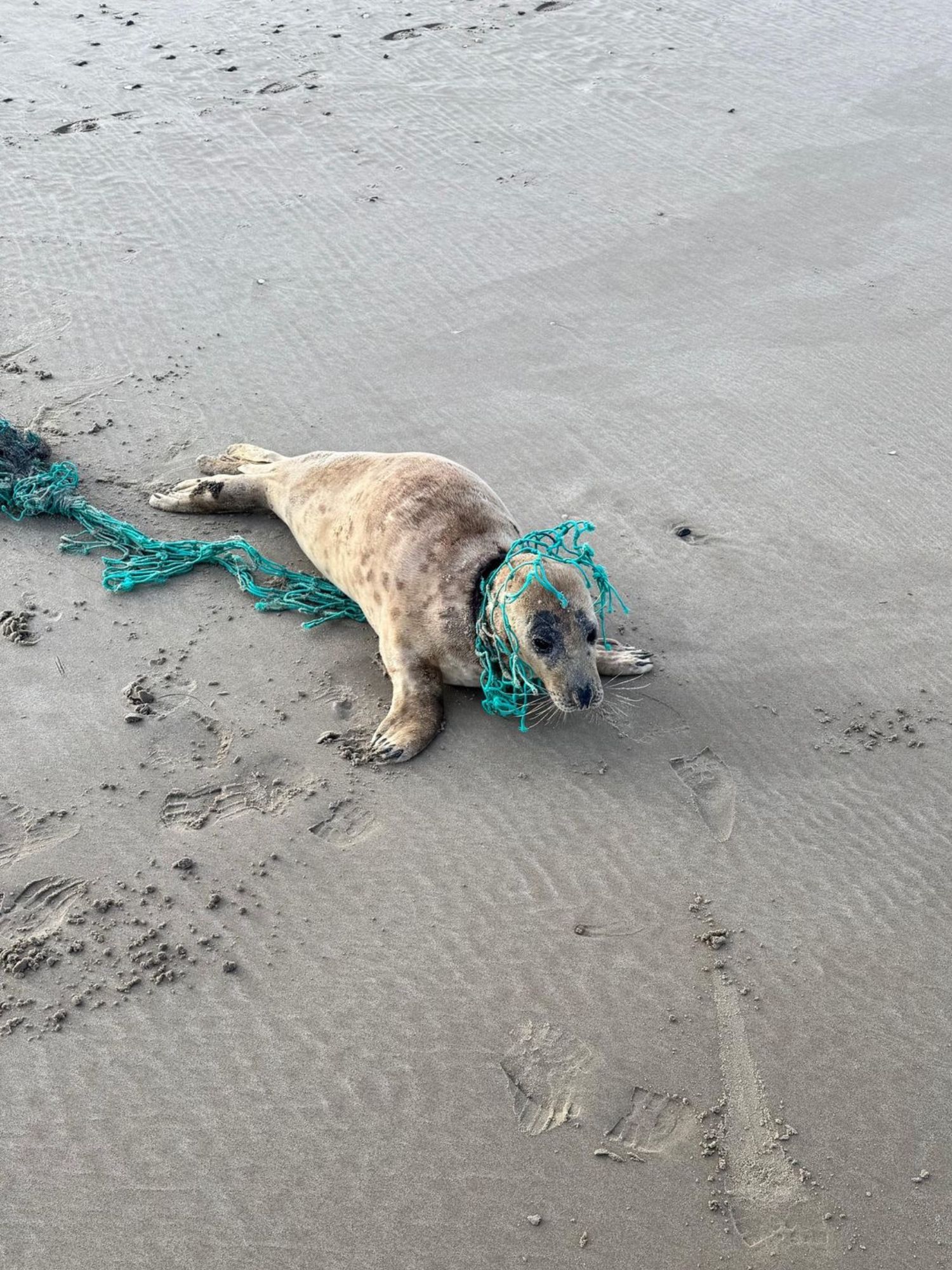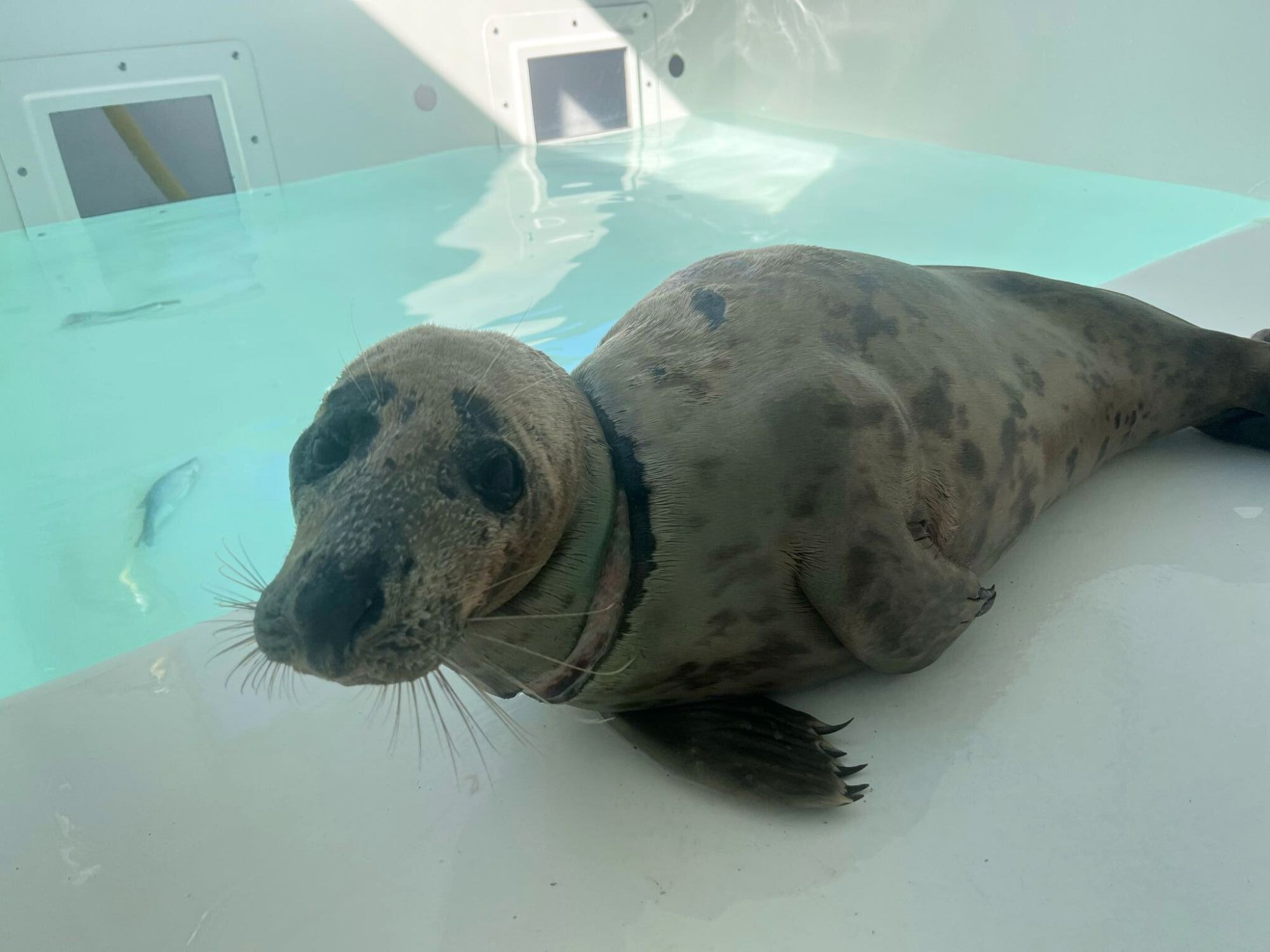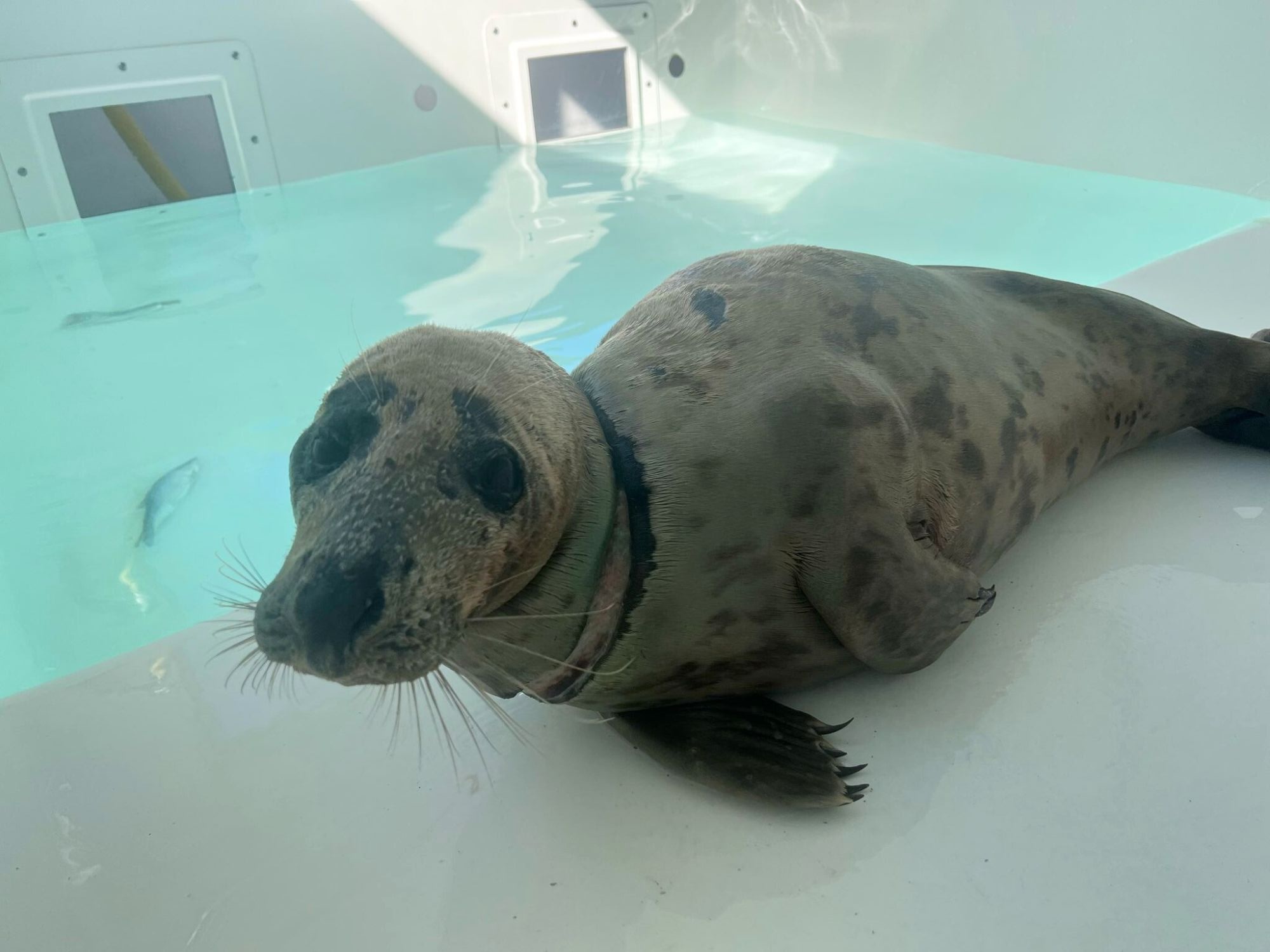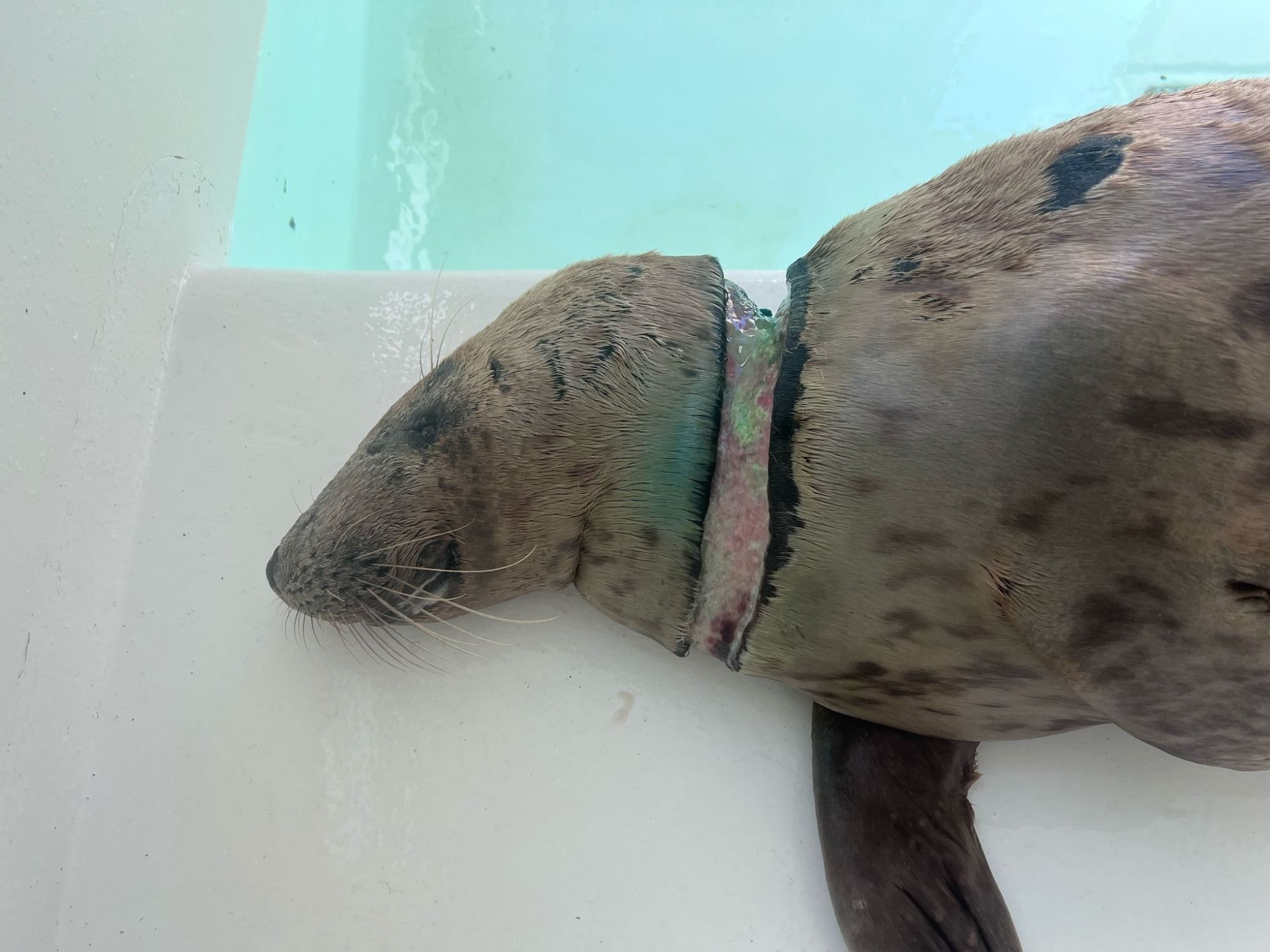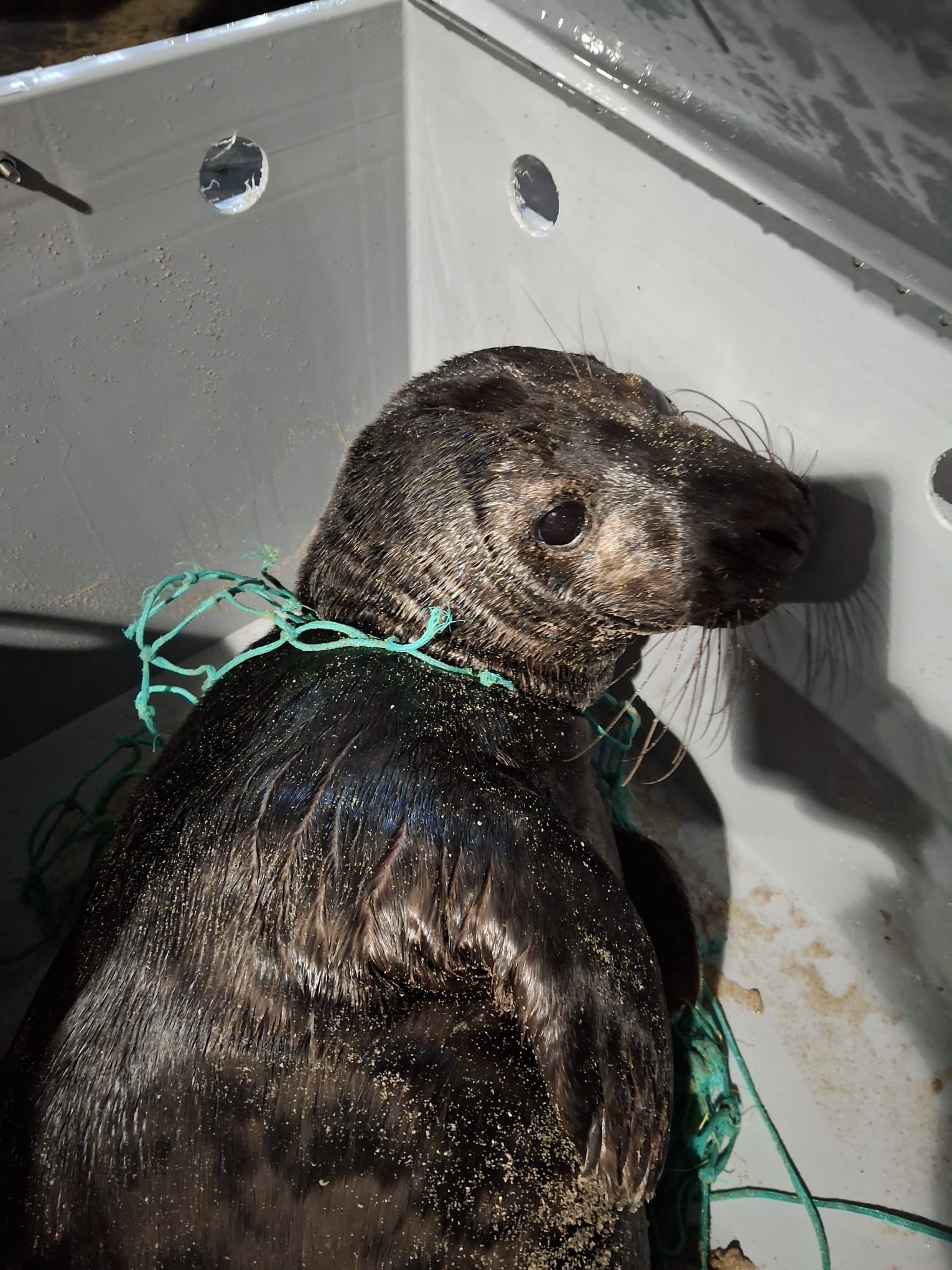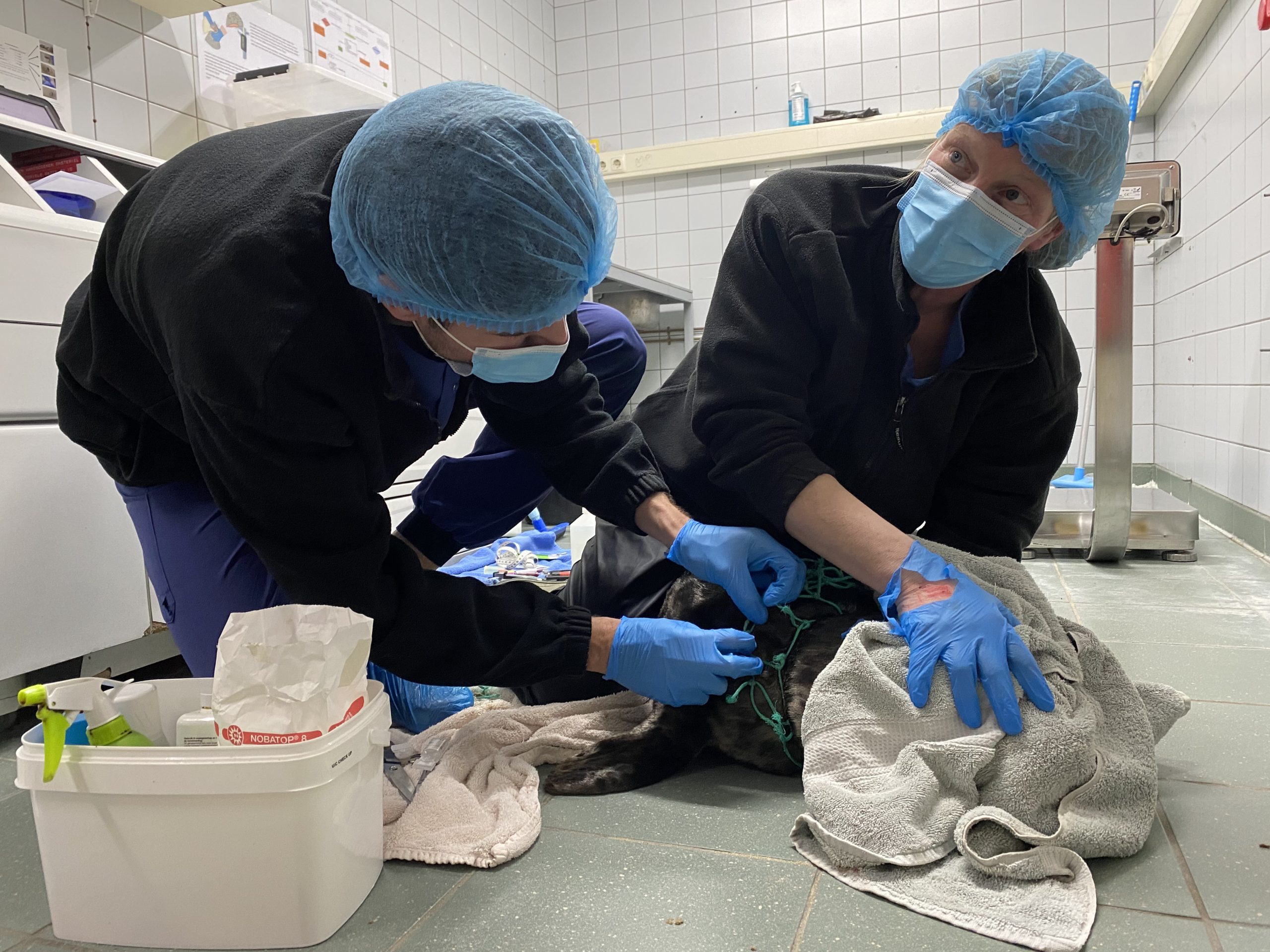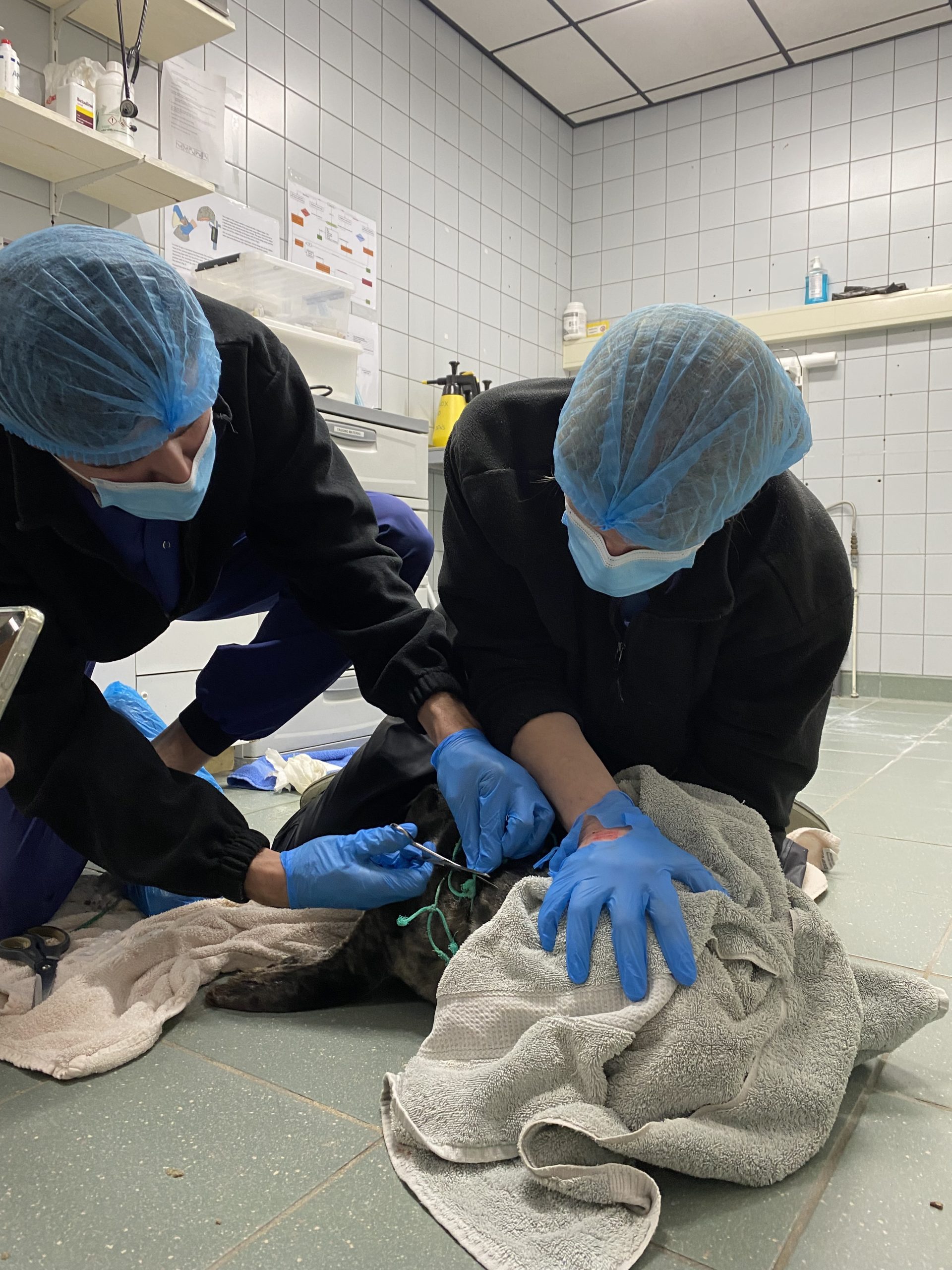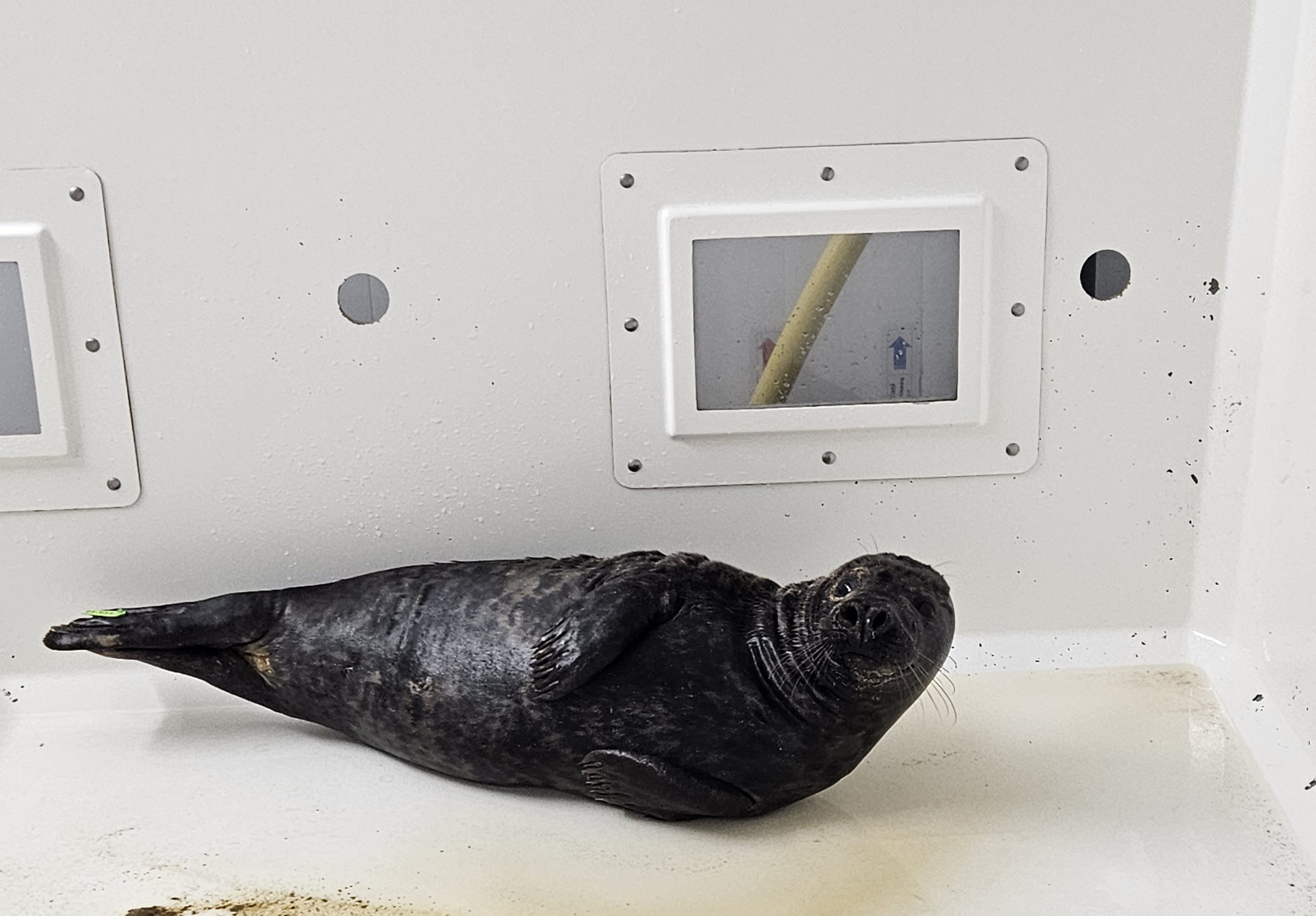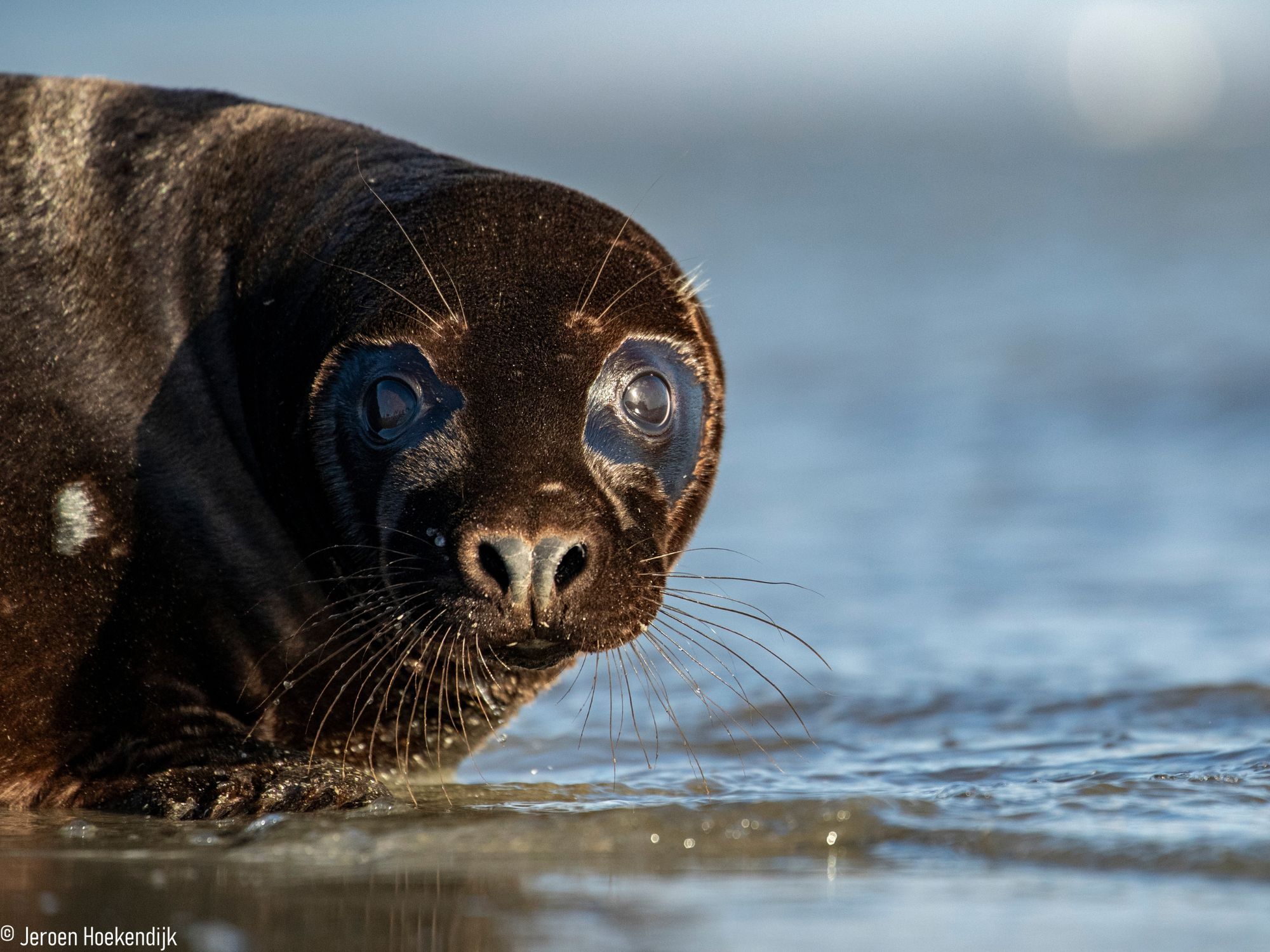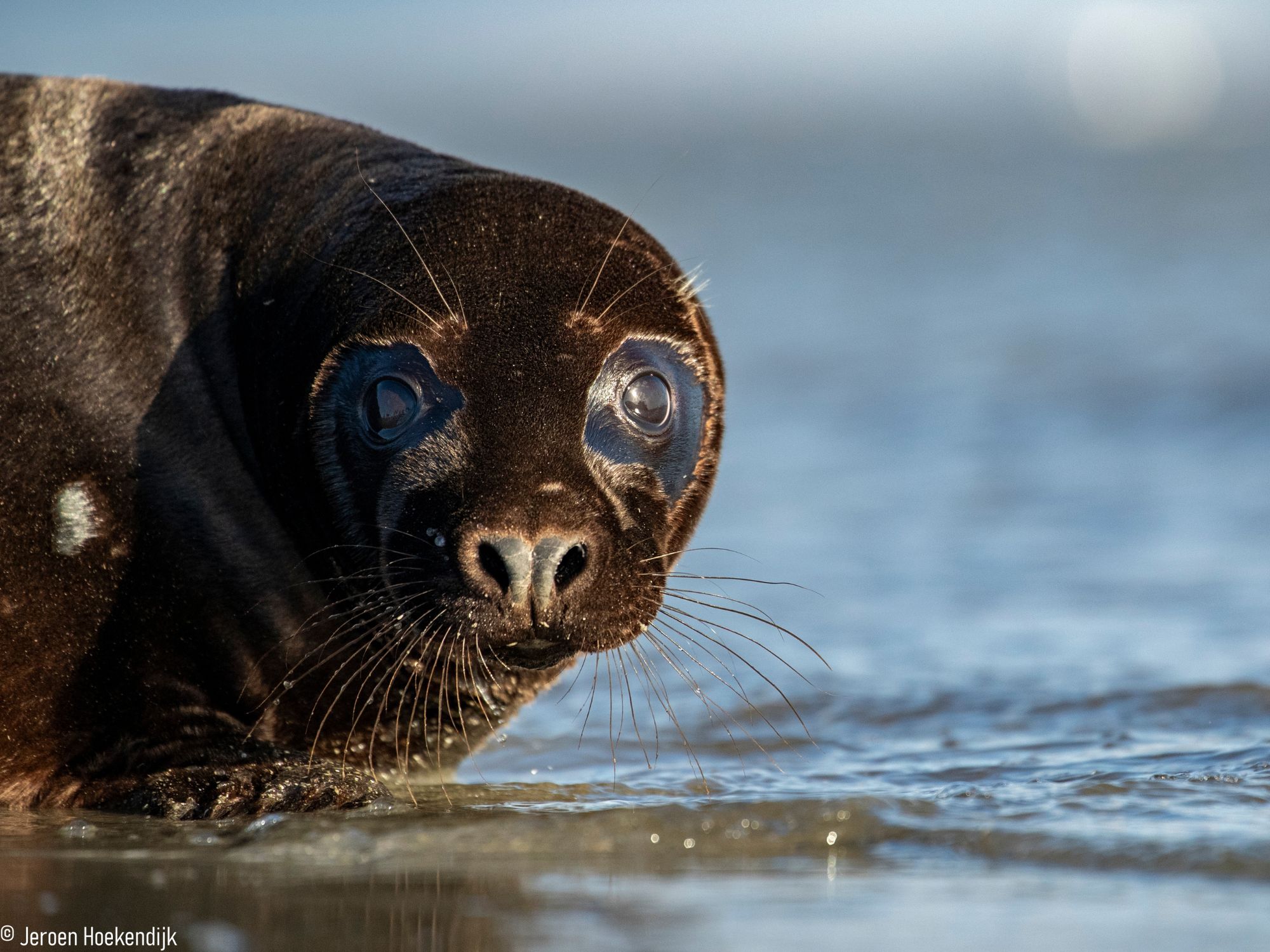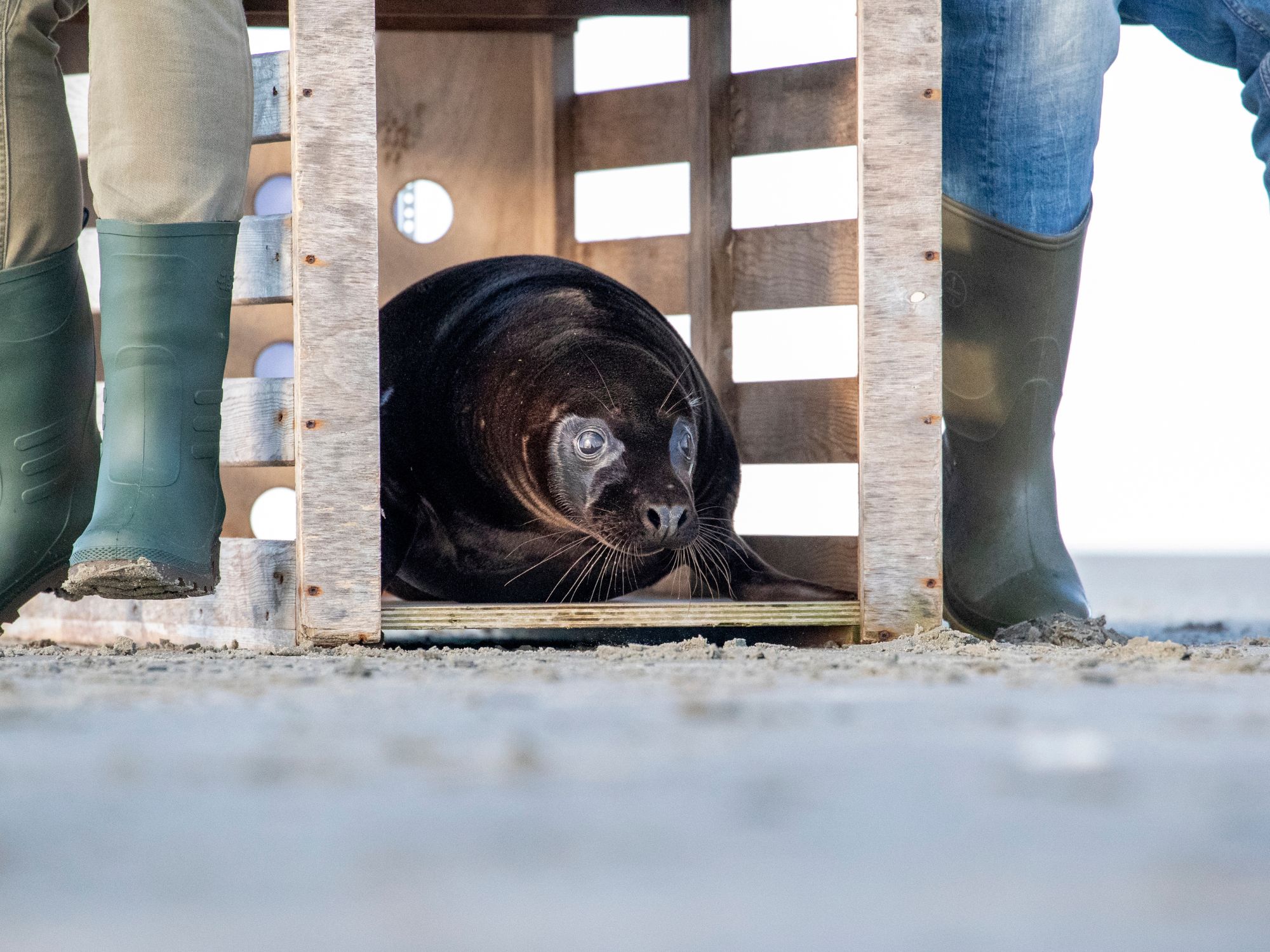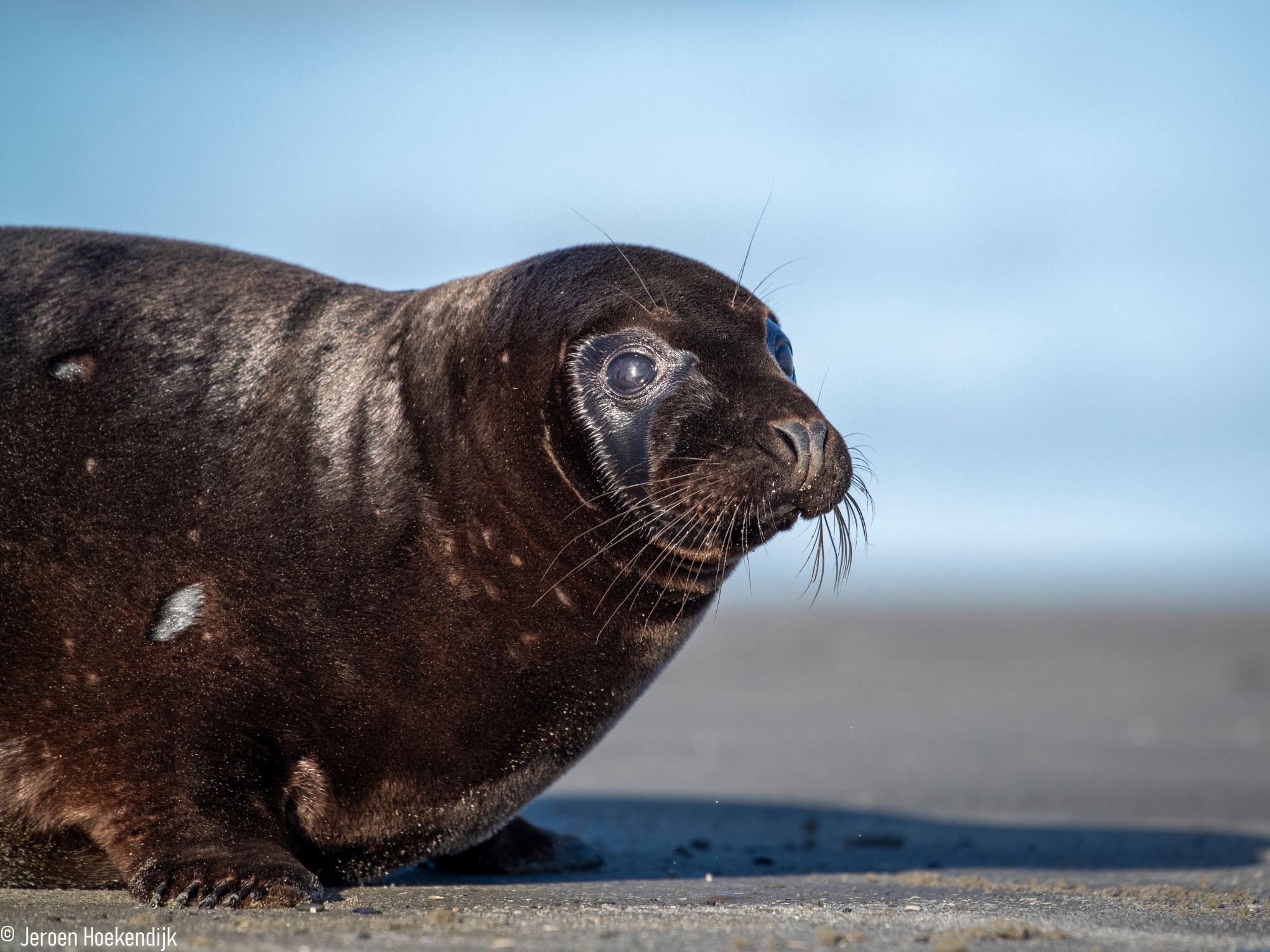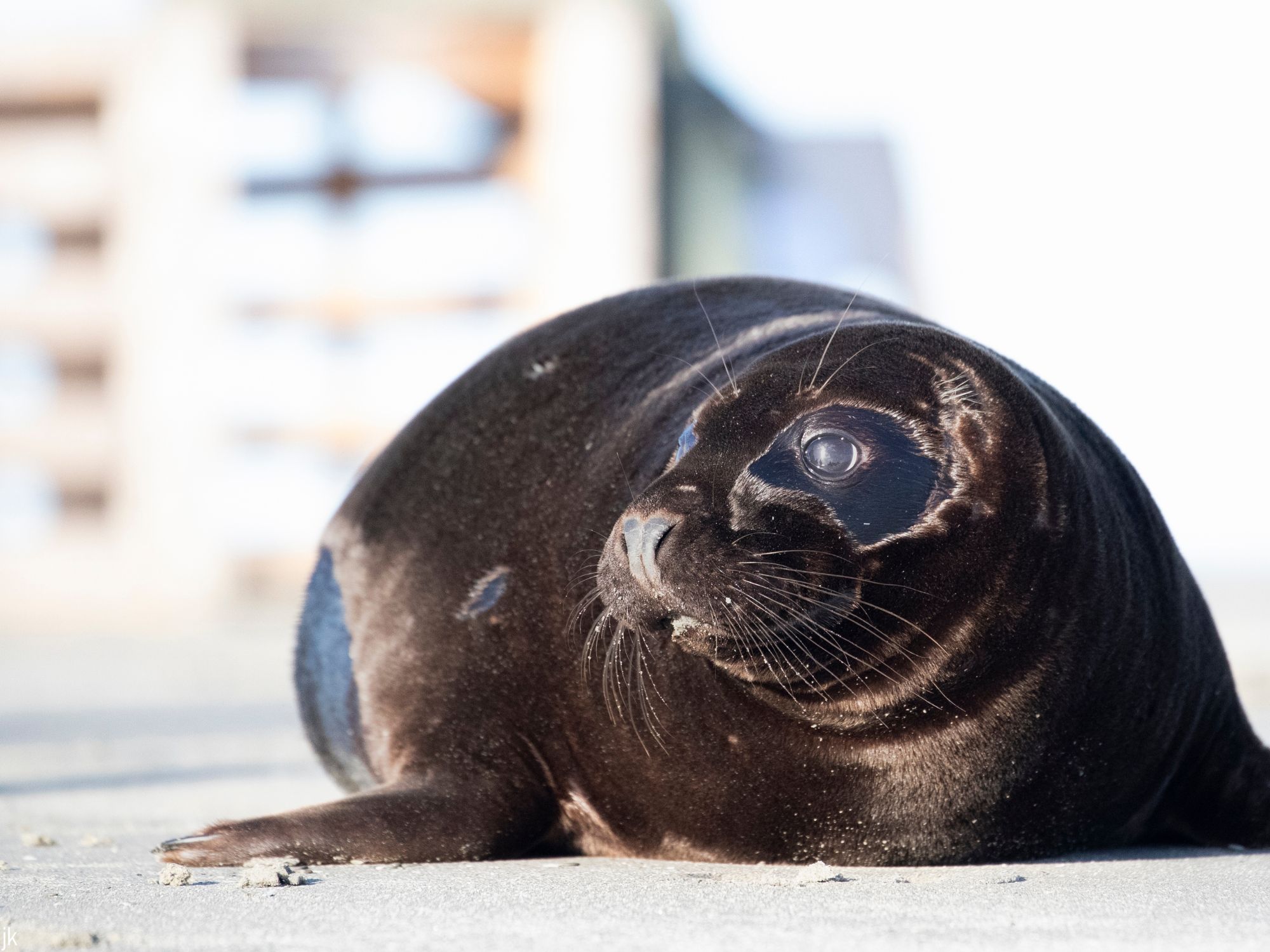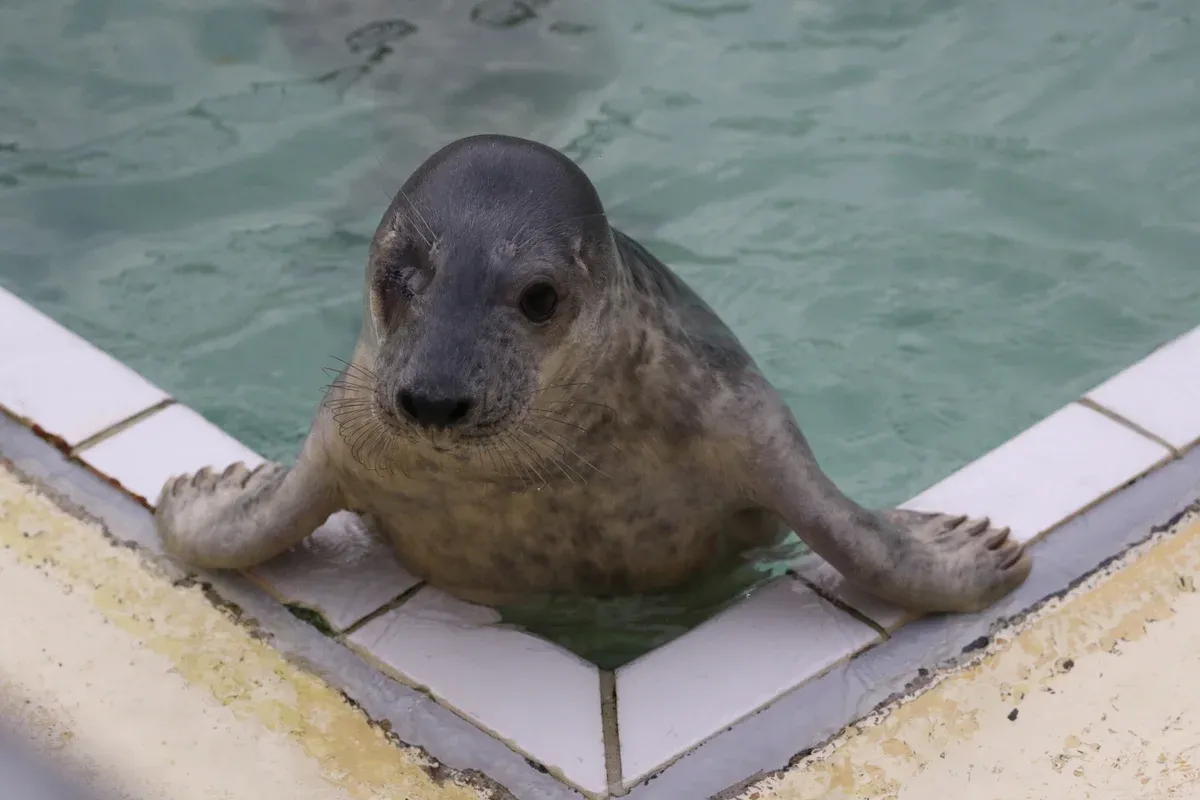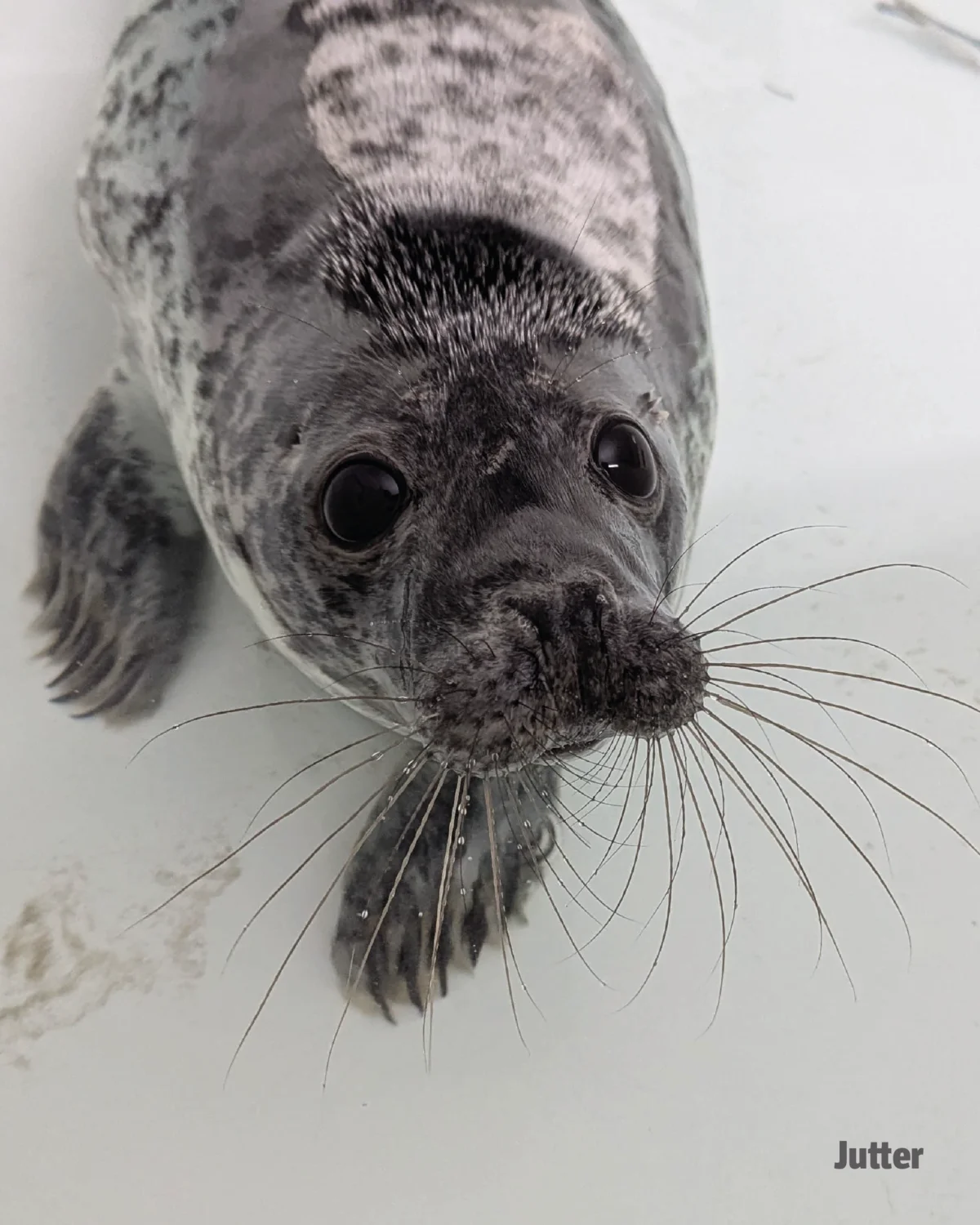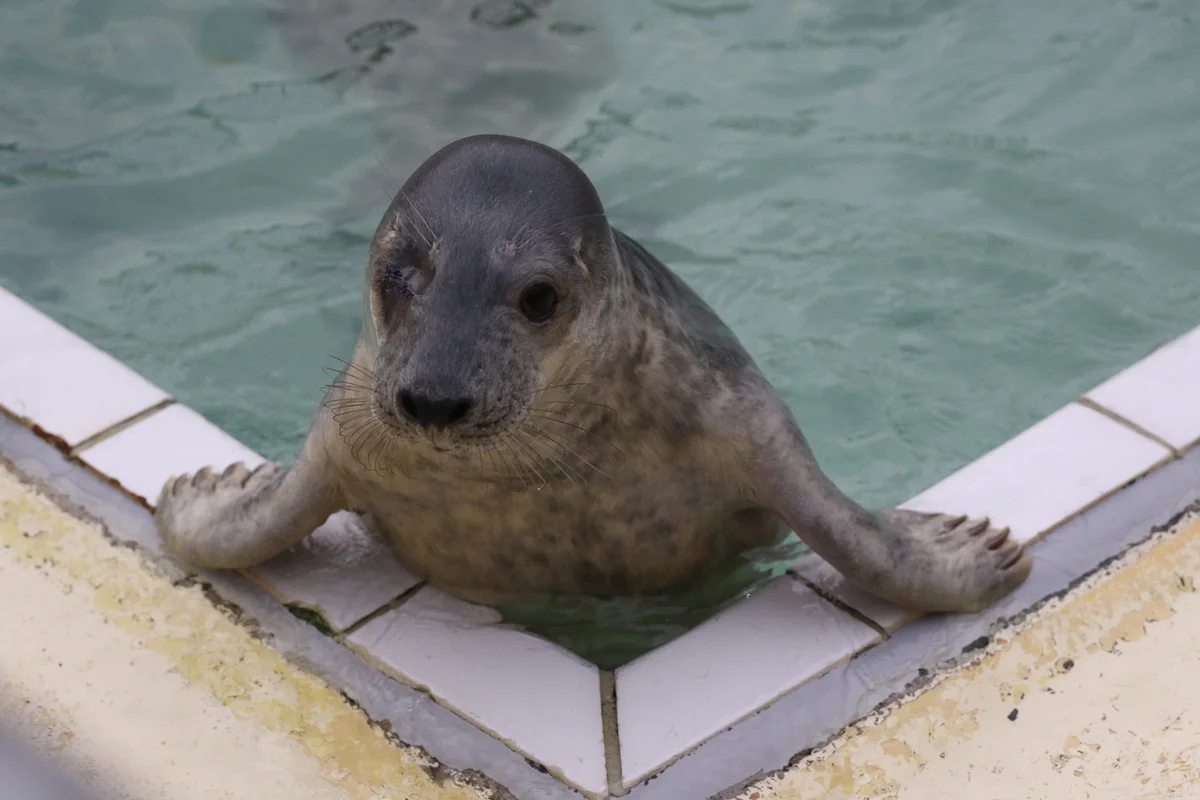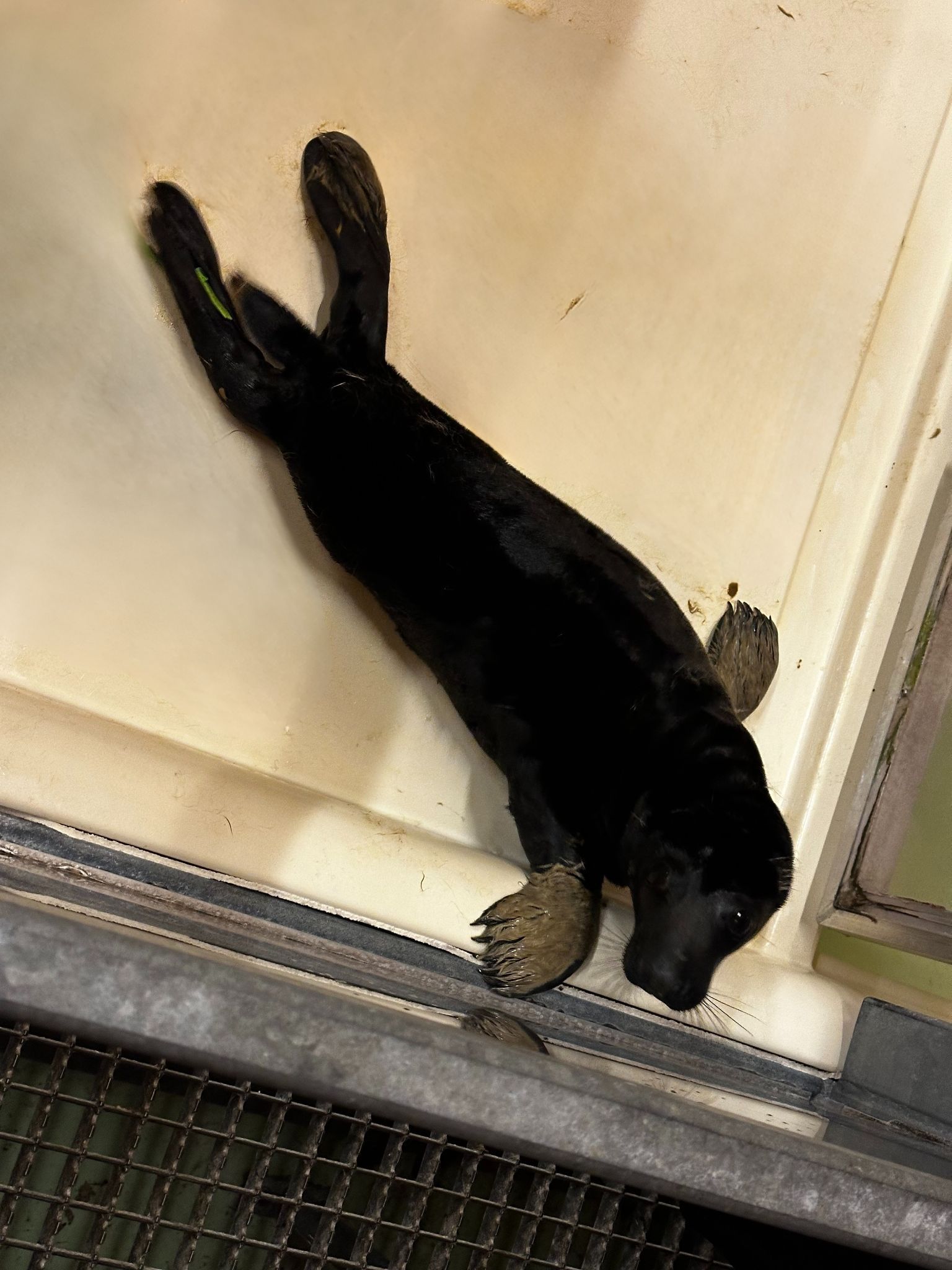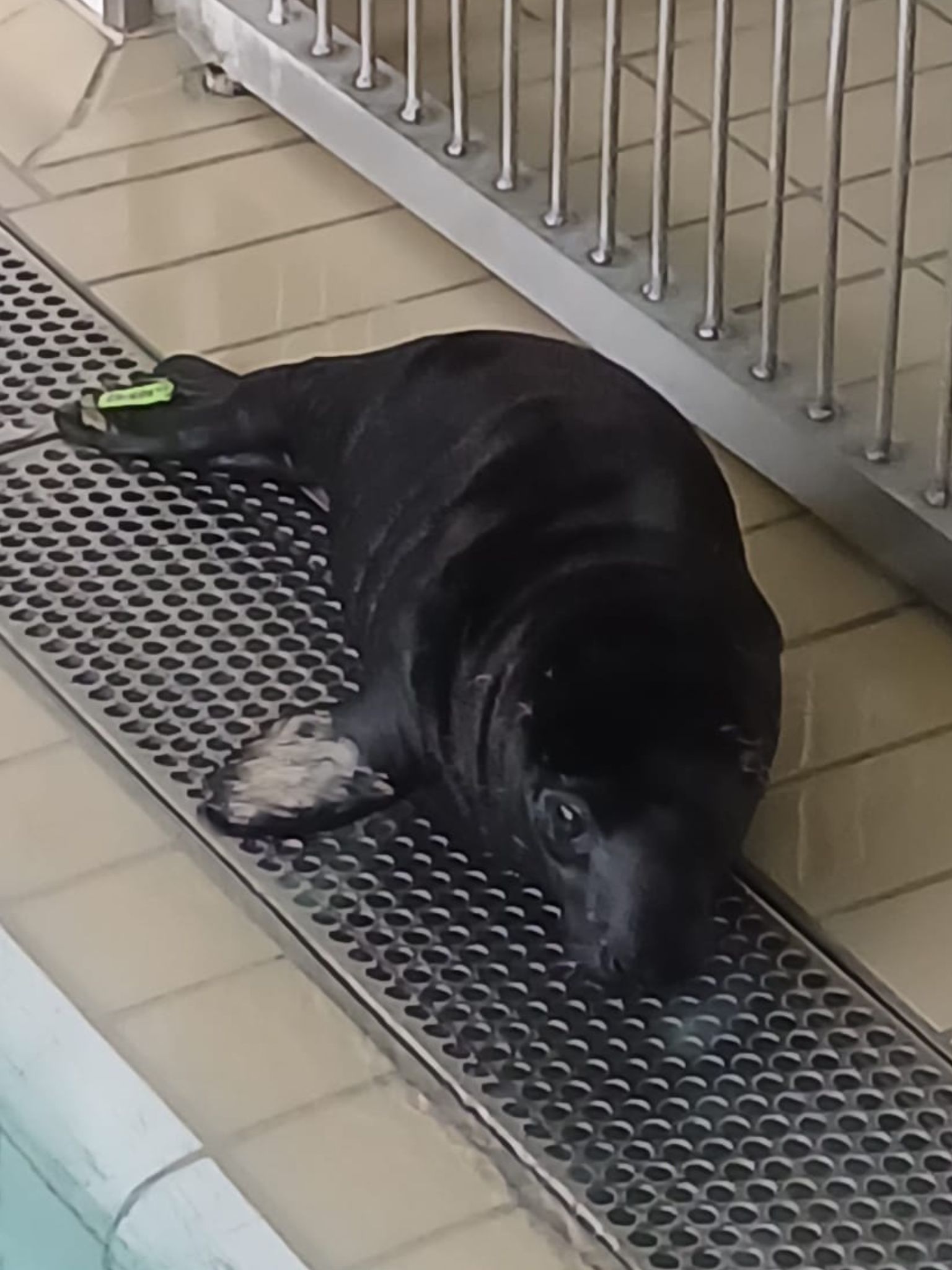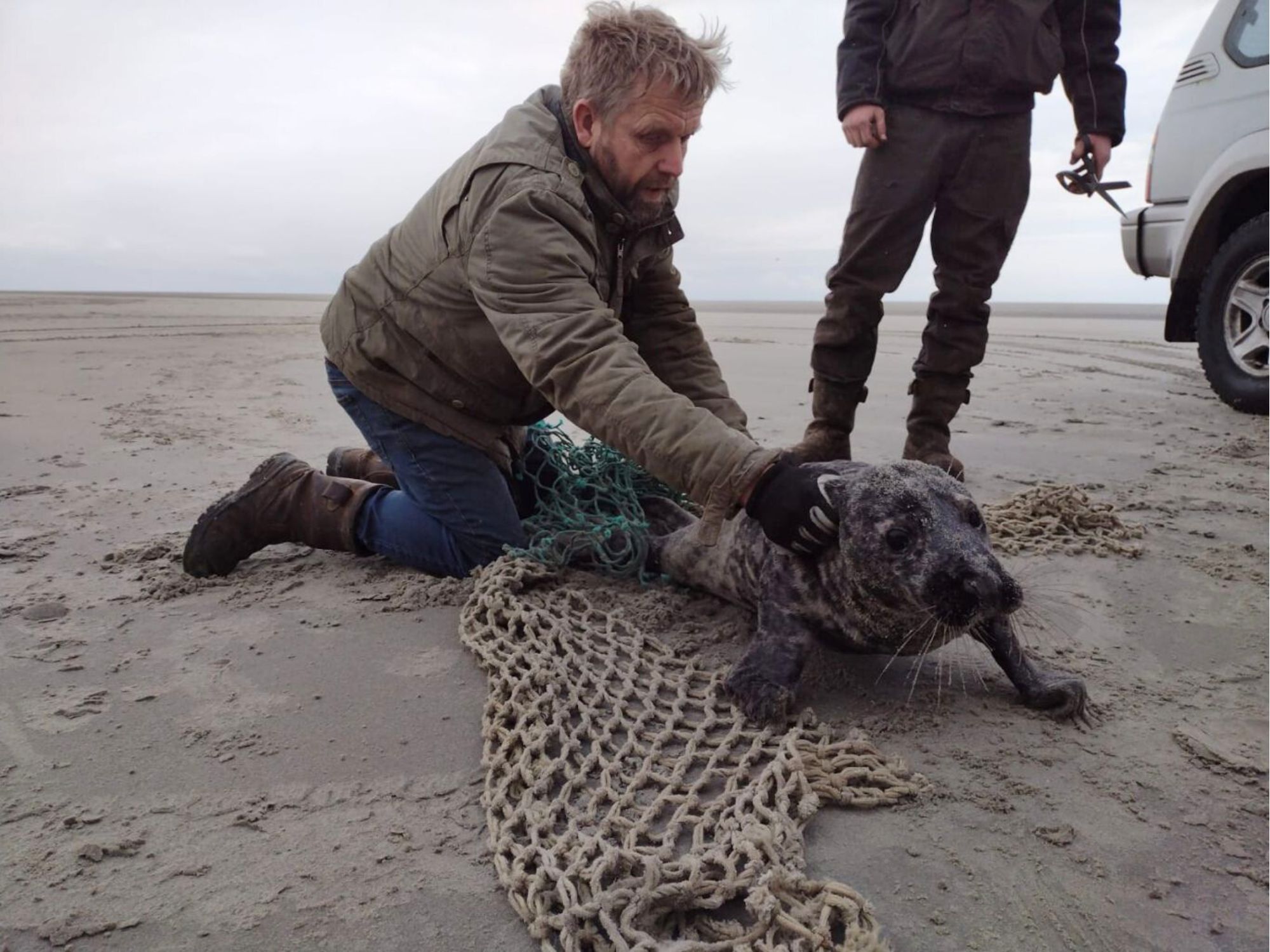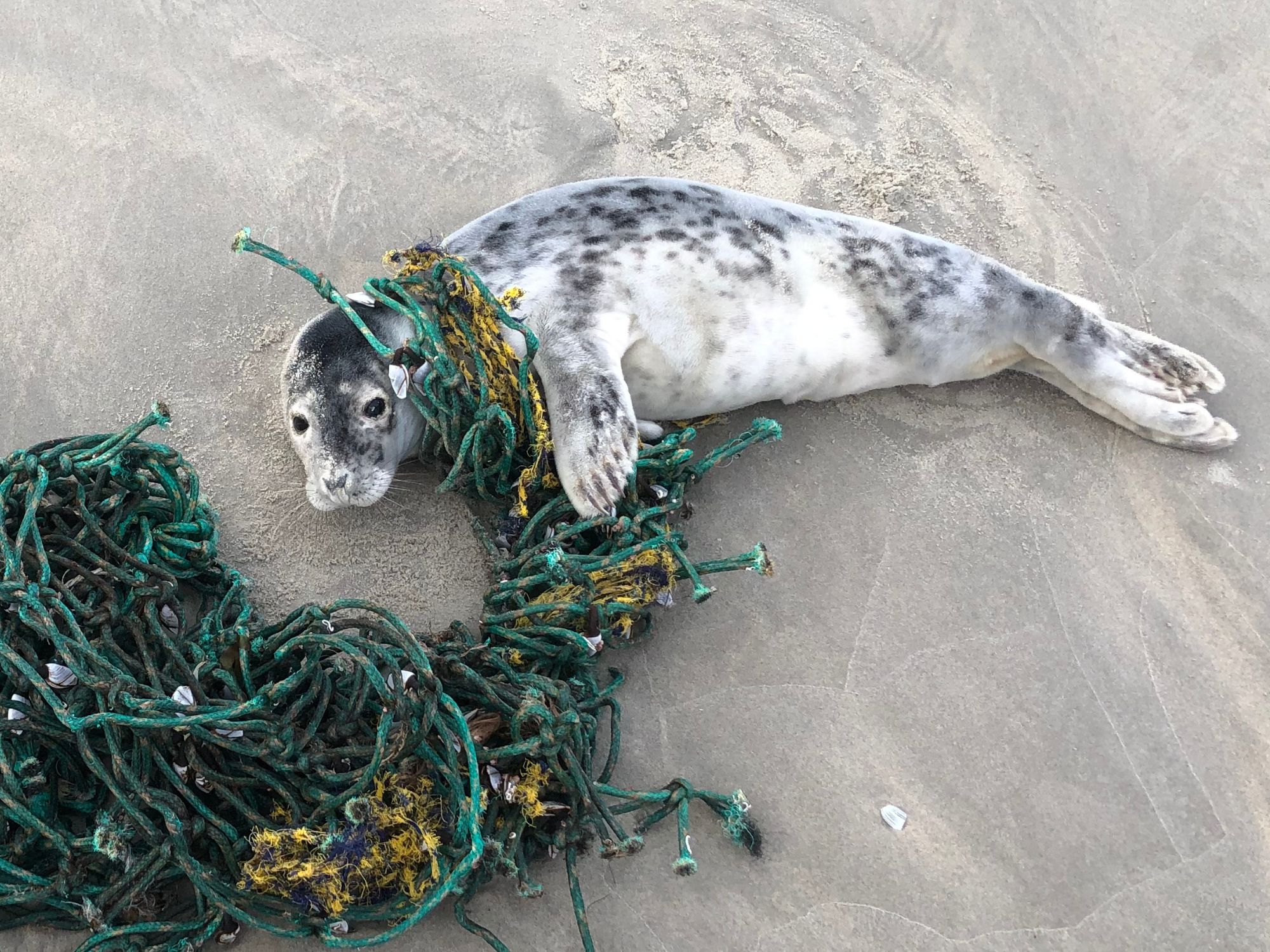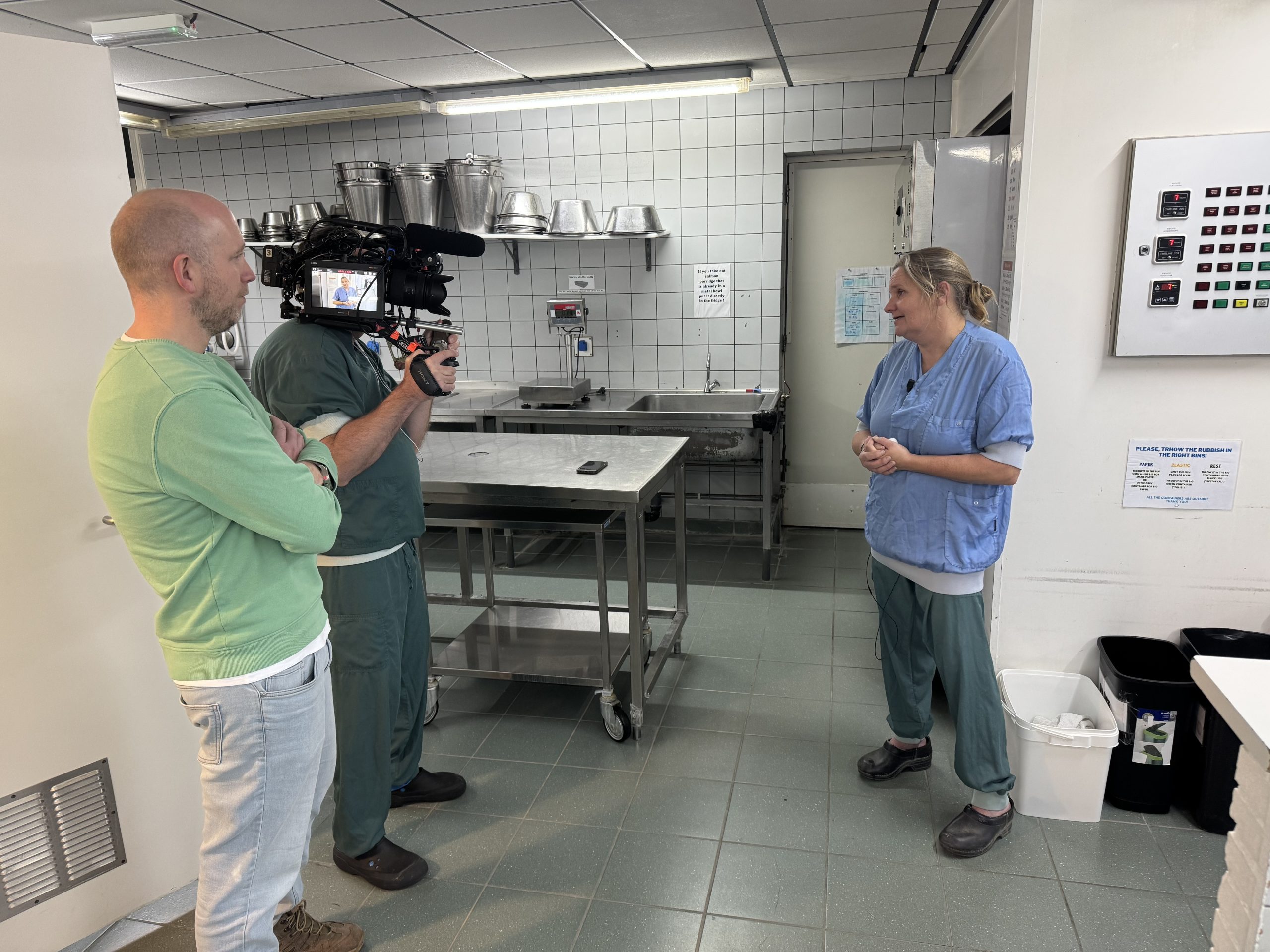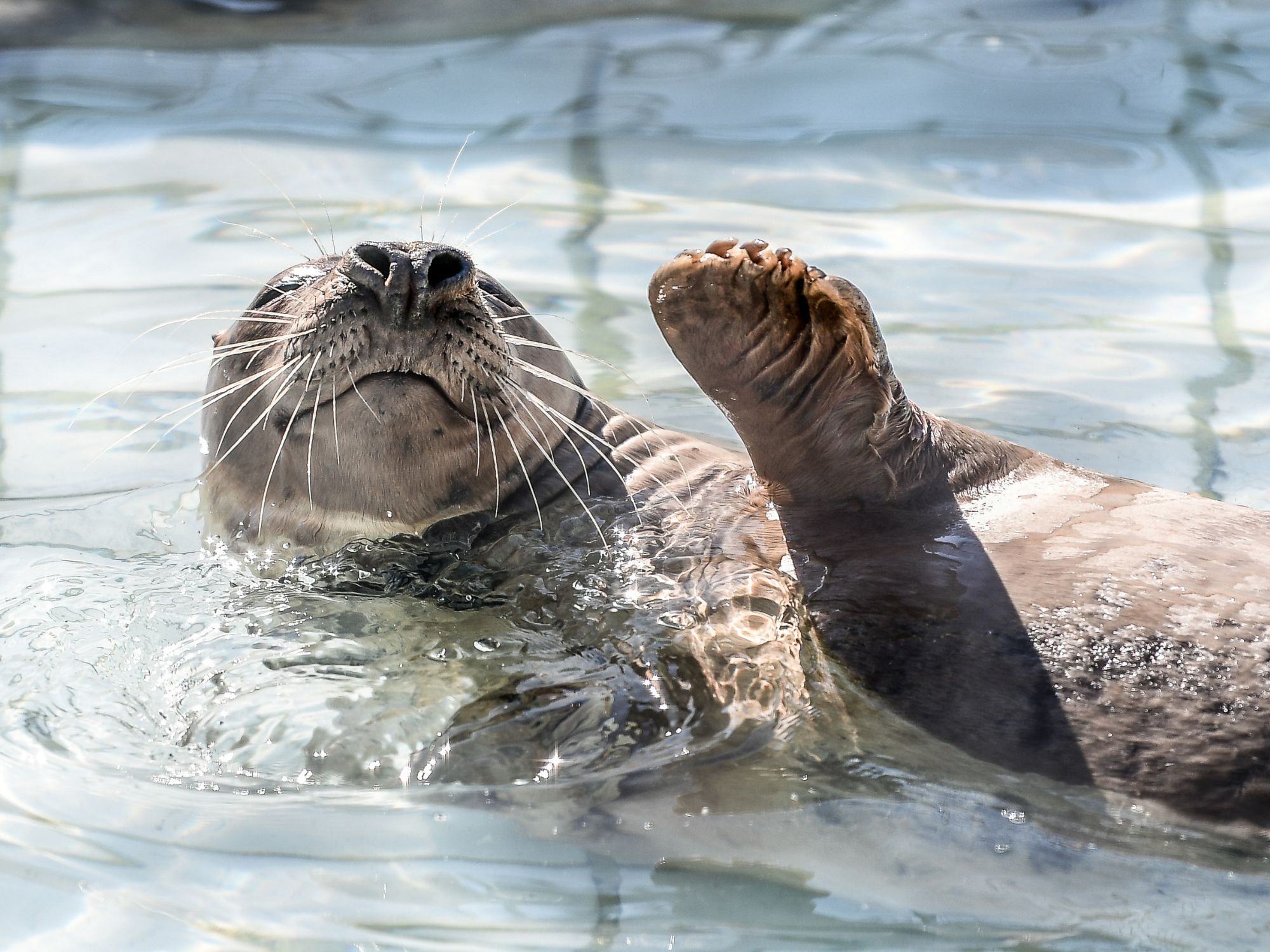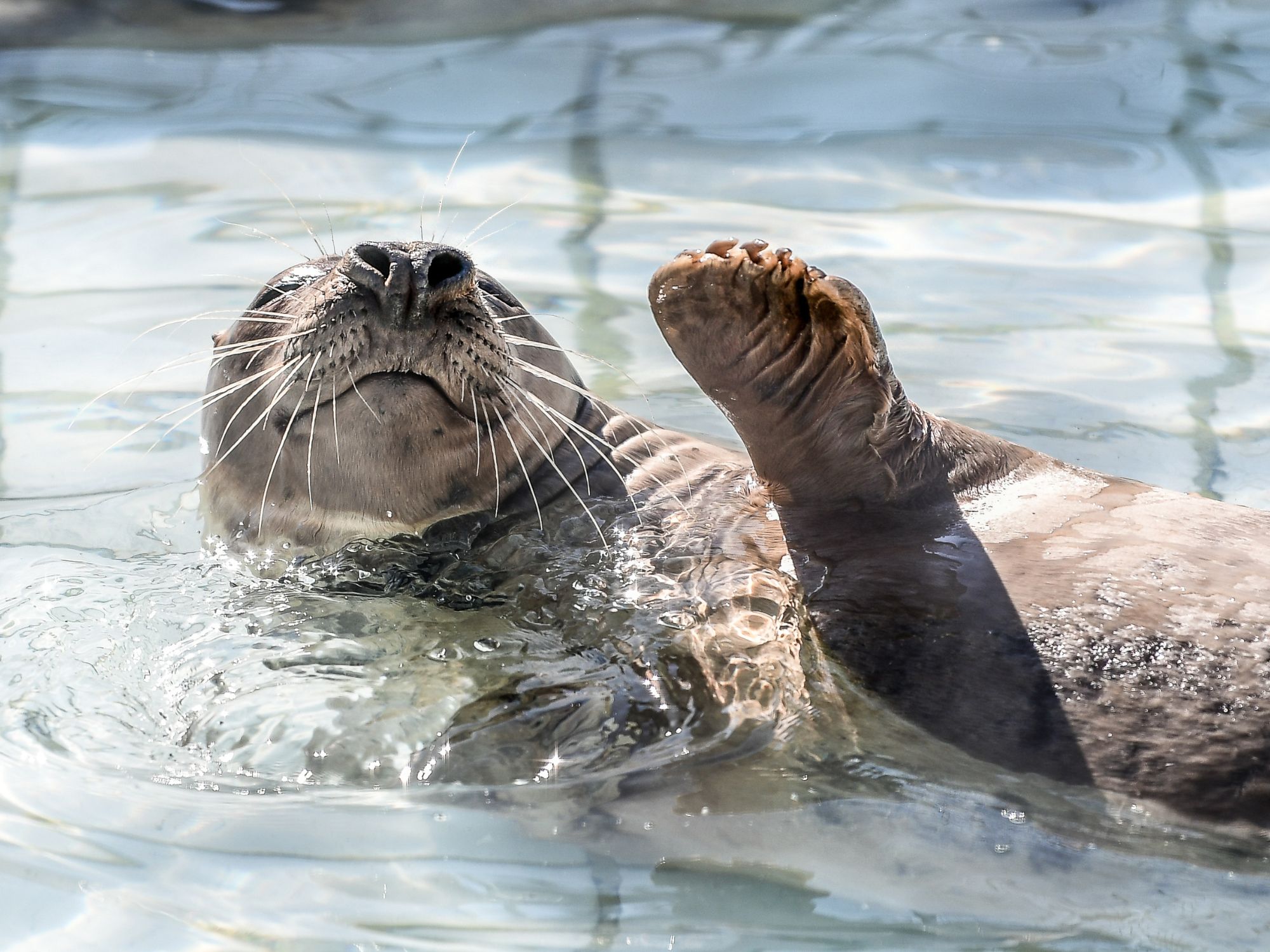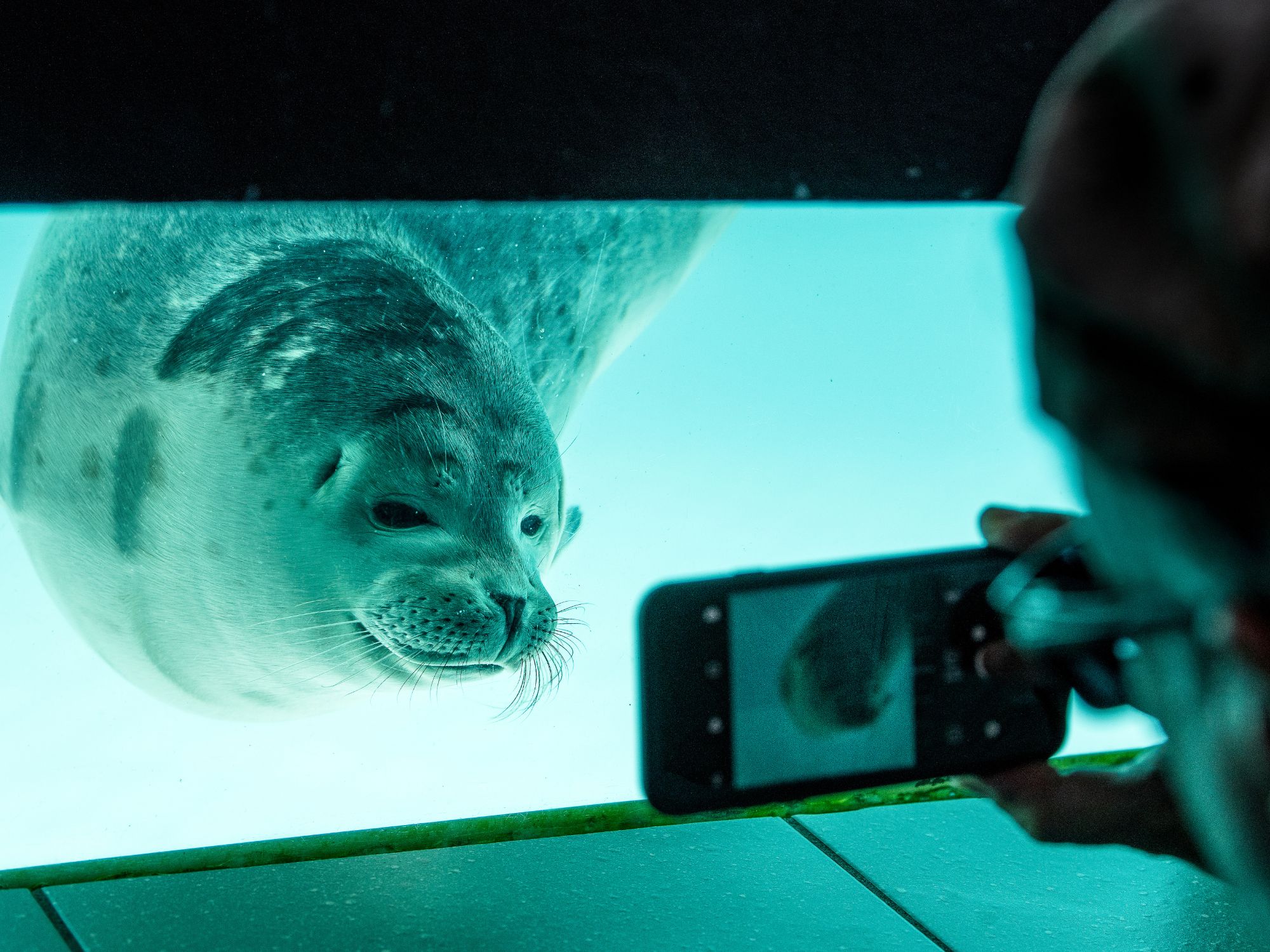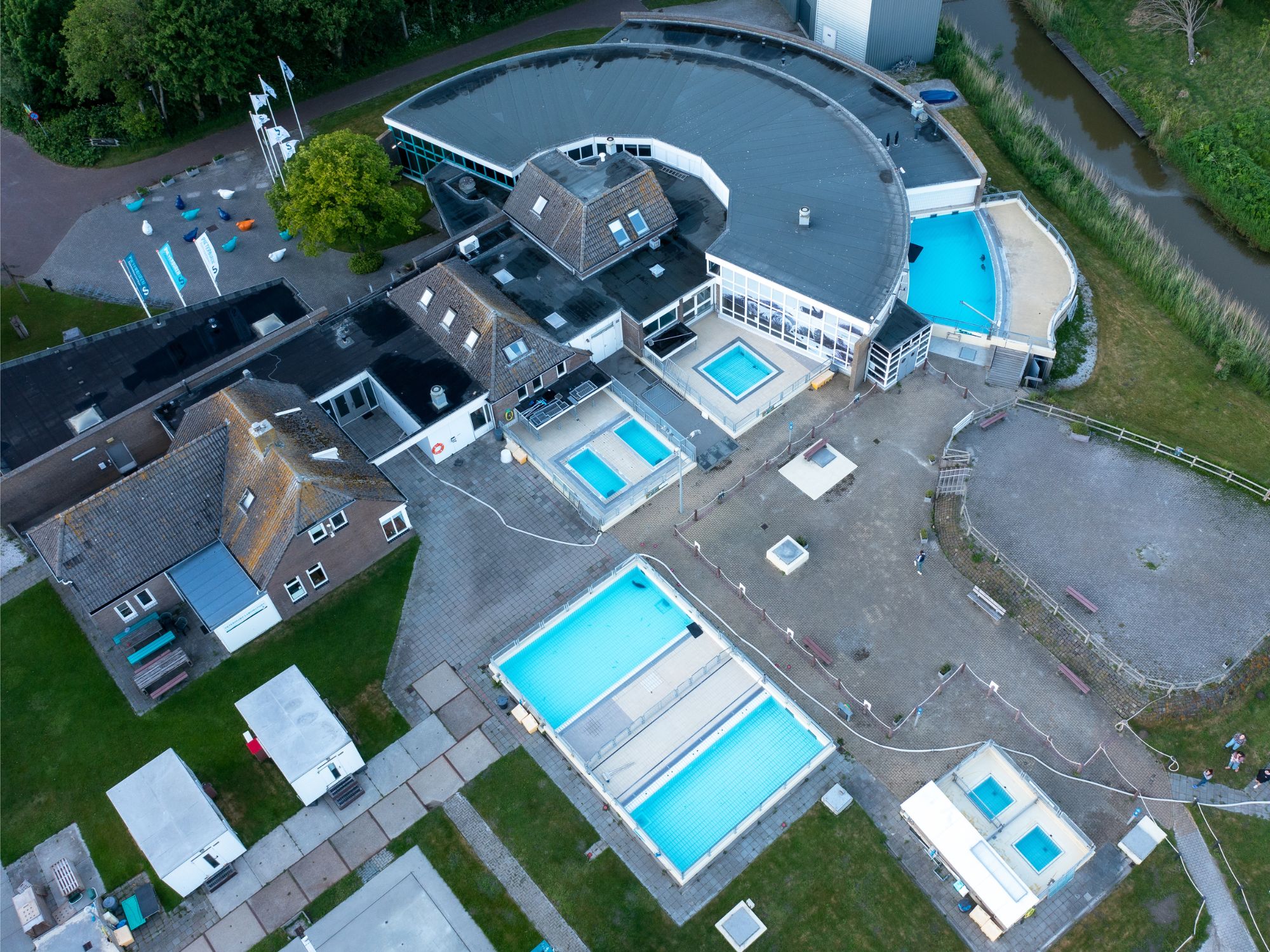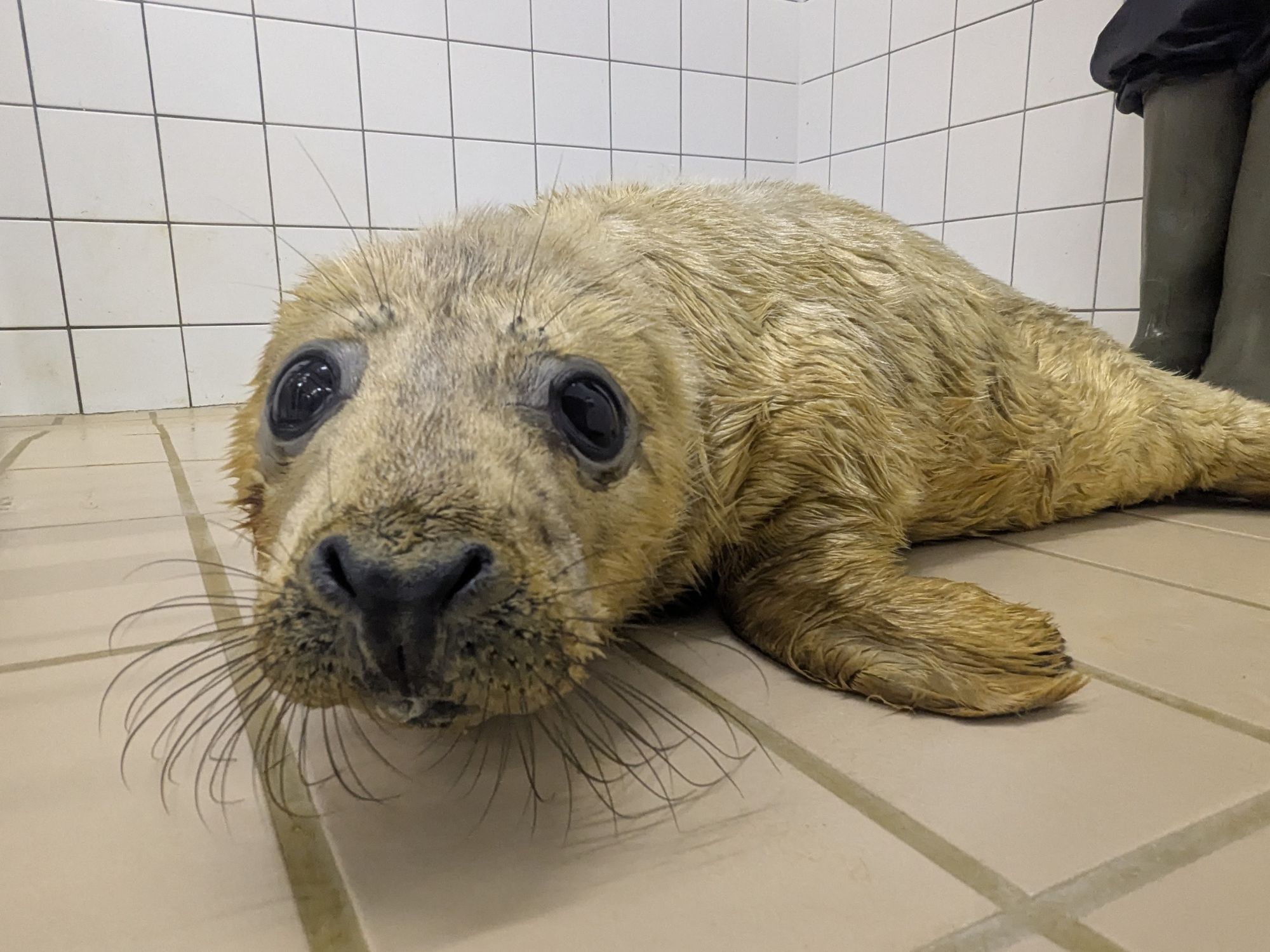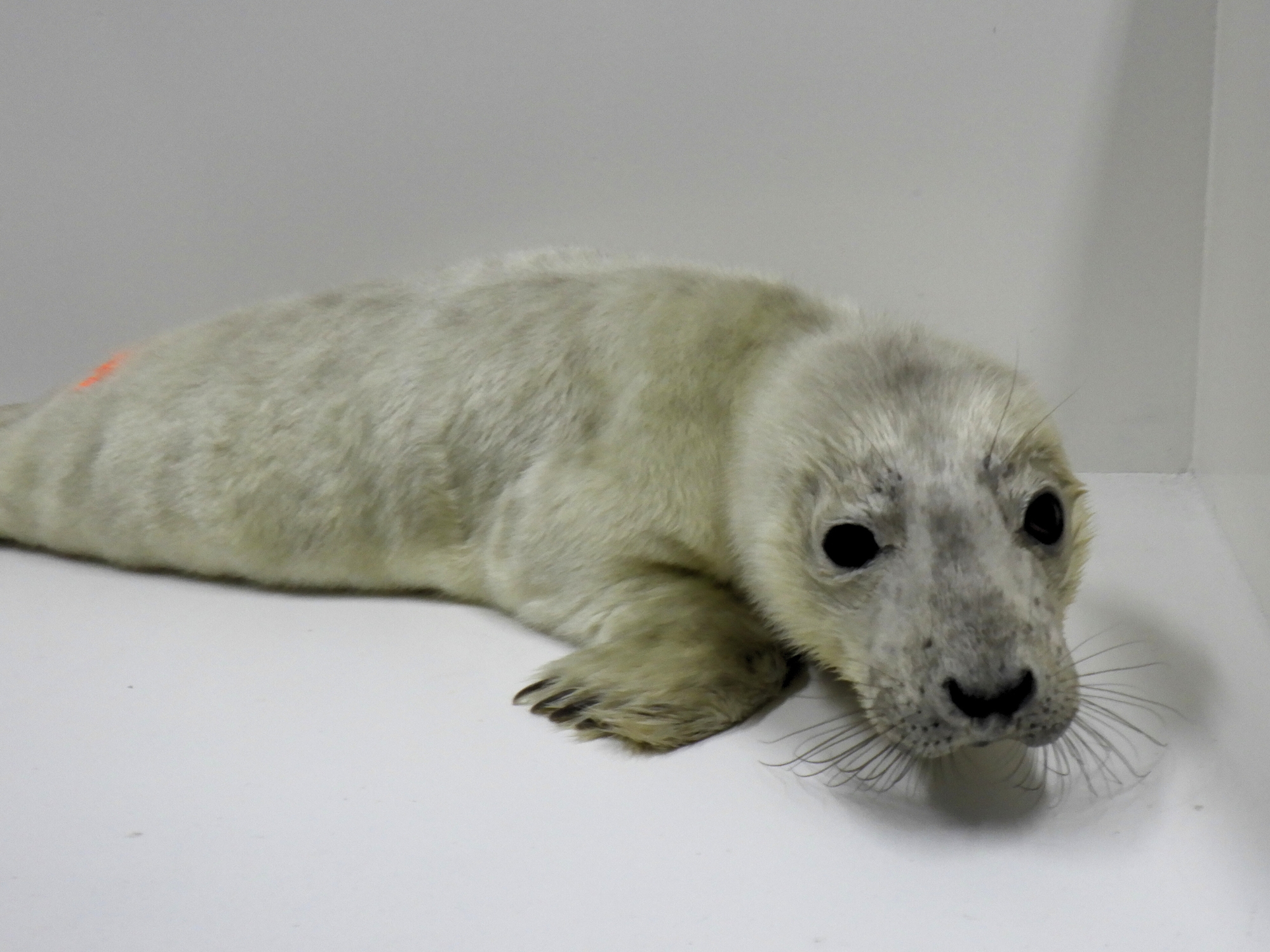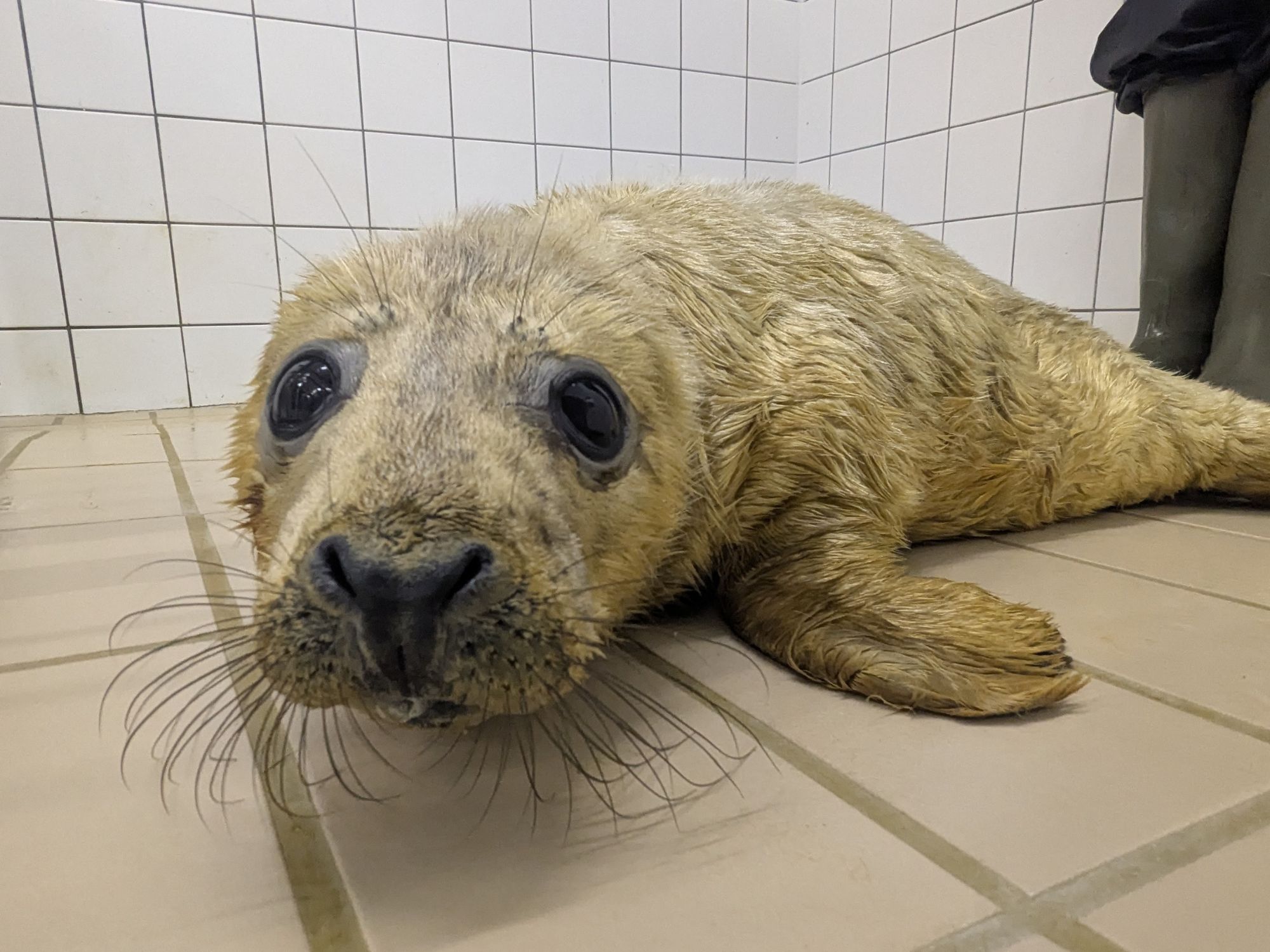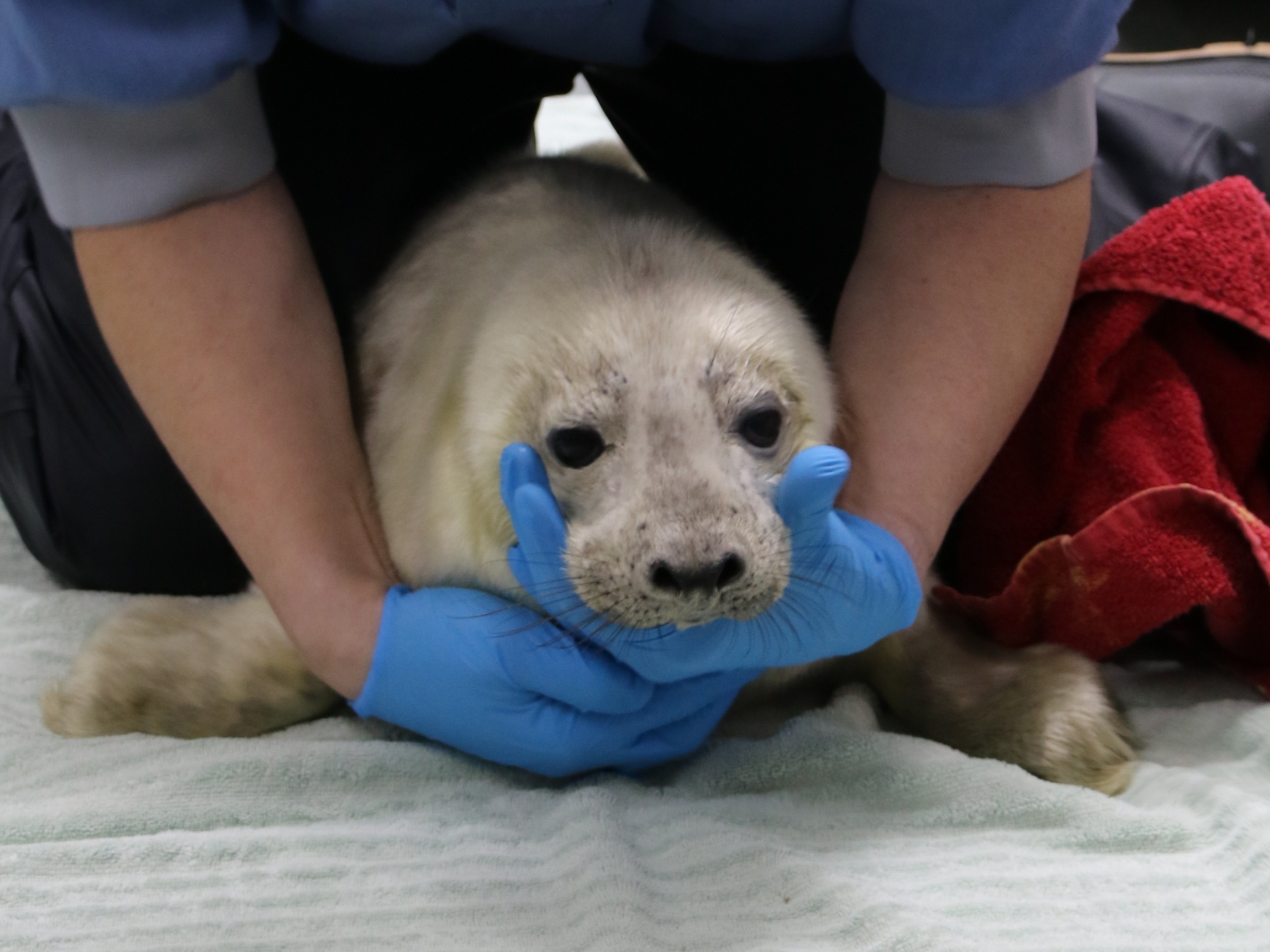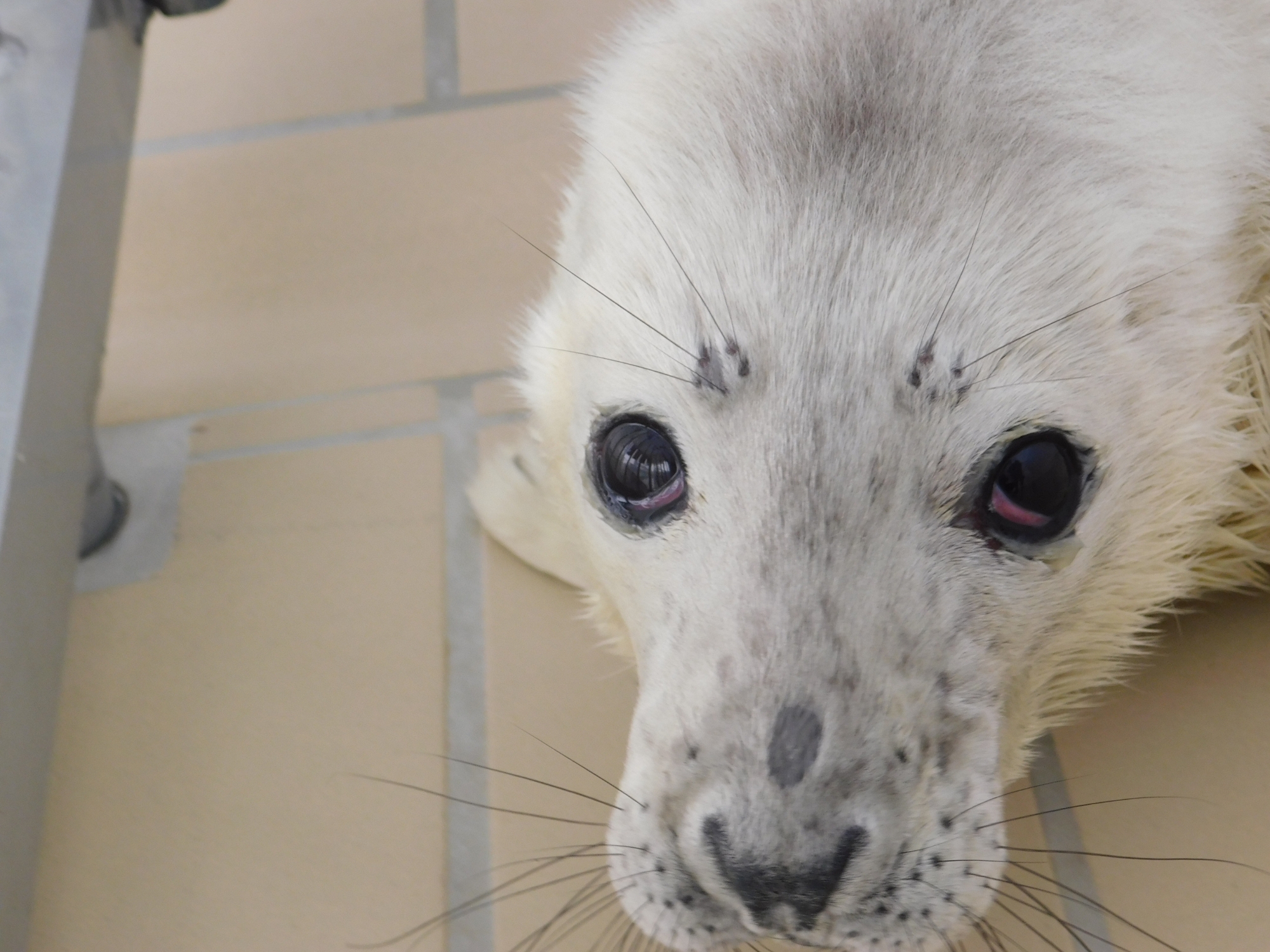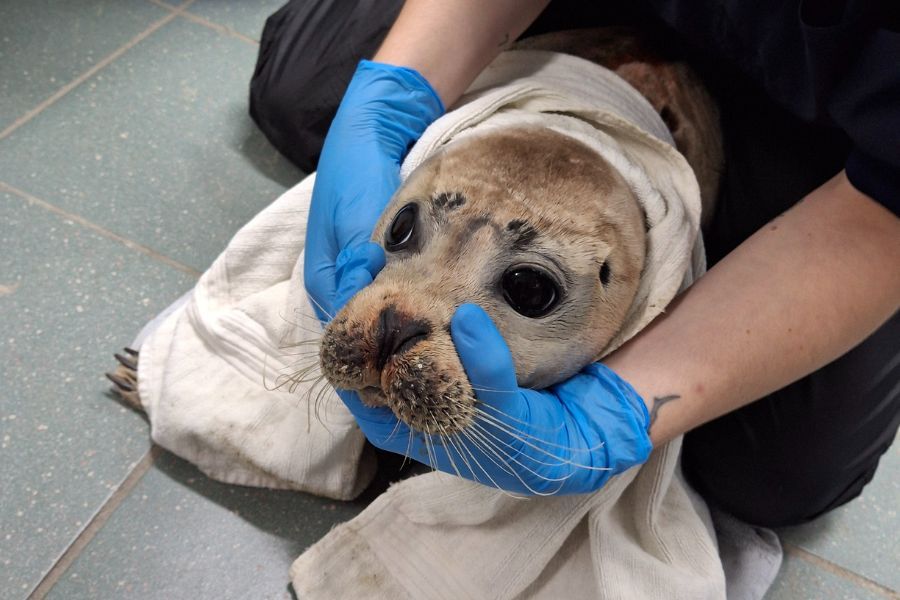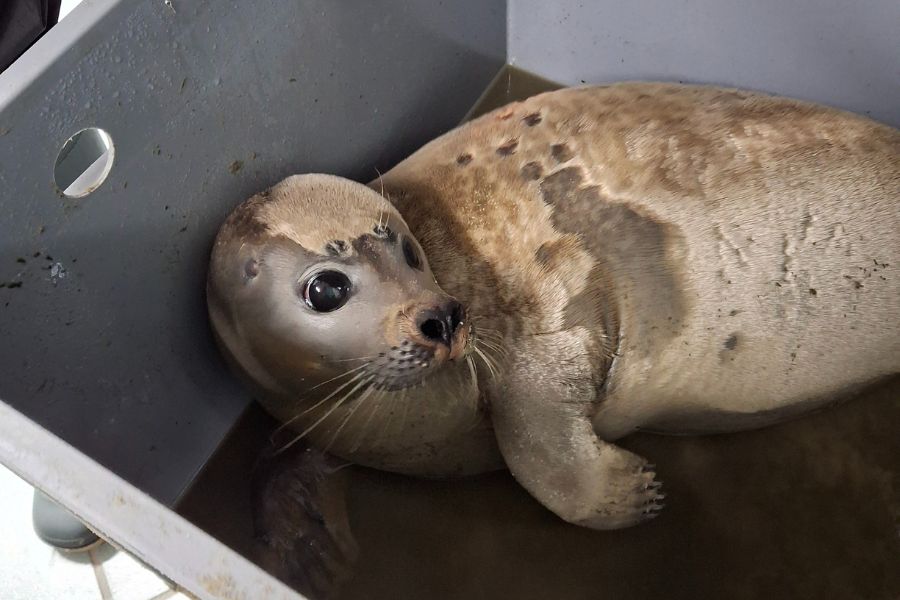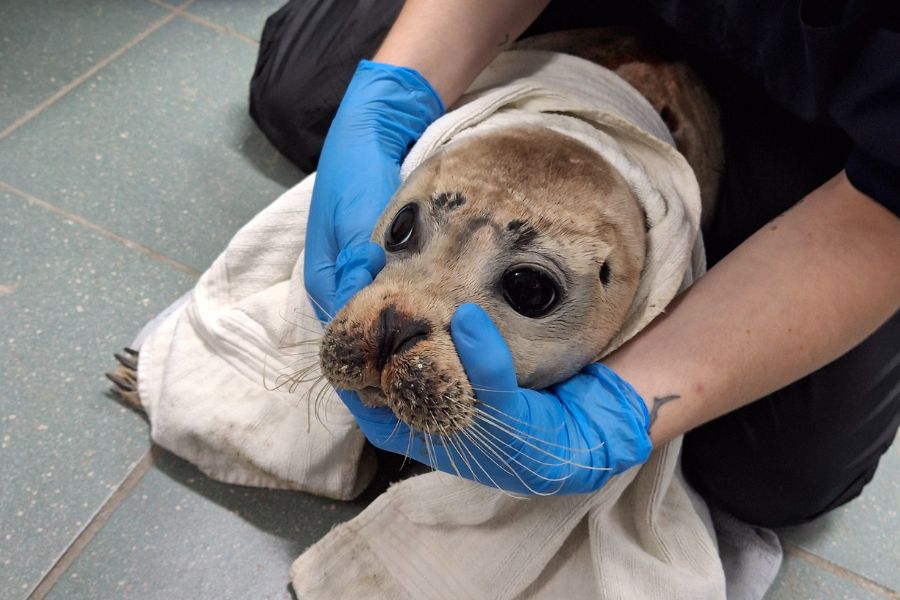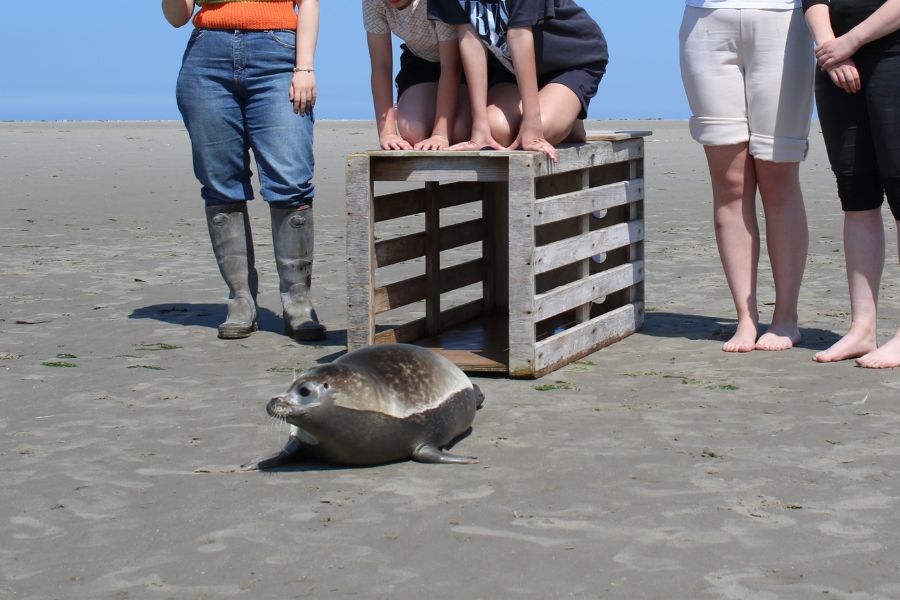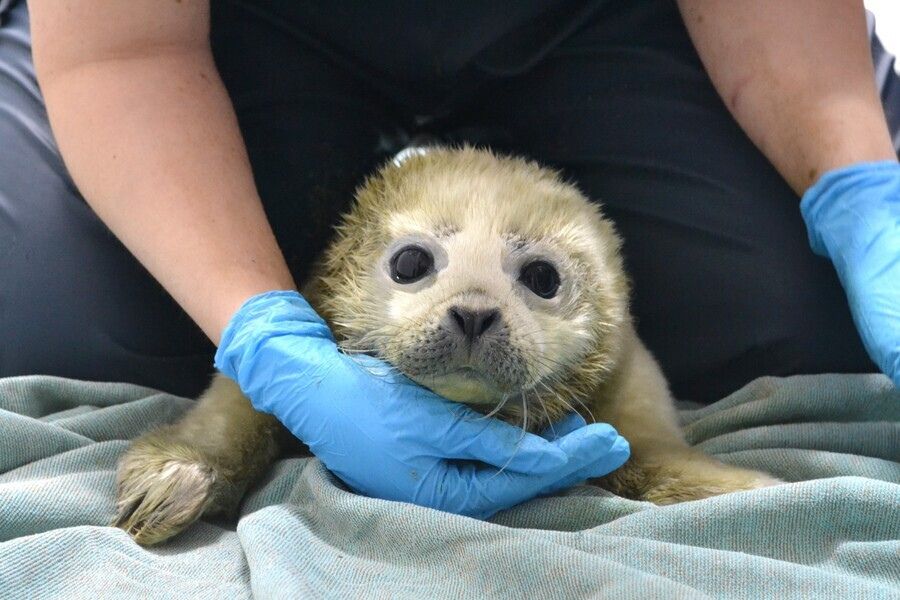Verstrikking in visnet wordt zeehond Tangle fataal
Seal Tangle heeft de gevolgen van een diepe verstrikking in een visnet niet overleefd – een tragisch gevolg van menselijk afval in zee. Het dier werd vorige week met spoed naar Zeehondencentrum Pieterburen gebracht, waar hij direct uit het net werd bevrijd en intensieve zorg kreeg. Hij bleek te verzwakt om nog te kunnen herstellen.
See also
Grey seal Tangle was found on Callantsoog beach (North Holland) on Monday 31 March, with his neck entangled in a fishing net. Due to the depth of the wounds, the animal needed immediate care. He was taken to Sealcentre Pieterburen, where vets cut him loose from the fishing net. Days of intensive care followed.
Extremely weakened after prolonged entanglement
Tangle appeared severely weakened: he had extreme emaciation and was completely exhausted. The vets started medication and pain relief. After attempts to feed him fish, they switched to fish porridge, as he was too weak to eat on his own. Despite intensive care, his condition suddenly deteriorated on Saturday 6 April. Despite their efforts, the vets could do nothing more for him at that point.
The autopsy revealed that Tangle was suffering from severe malnutrition, a high parasite load and presumably an infection in his lungs. "All in all, he was so severely weakened by prolonged entanglement that we could not let him recover from it," said András Máté Ludányi, veterinarian at Sealcentre Pieterburen.
Increasing entanglements
Tangle is no exception. More and more seals are becoming entangled in marine litter. The Seal Response Team (SRT), a collaboration between the three seal sanctuaries in the Netherlands, received nearly 80 reports of seals entangled in 2024. That was more than double the previous year's figure.
Most entanglements are caused by so-called “ghost nets”: discarded or dislodged pieces of fishing net that continue to float around in the sea. This happens, for example, when a net gets caught on something on the seabed and rips apart. Although fishermen, beach clean-ups and initiatives such as Dive the North Sea Clean remove a lot of litter from the sea, unfortunately a lot is still left behind.
Sealcentre busy with relocation
Tangle's reception comes at a time when the Sealcentre is busy with its move to the WEC (Wadden Sea World Heritage Centre) in Lauwersoog. Here you can visit not only the seal hospital, but also an interactive exhibition about the Wadden Sea. The exhibition shows how nature, humans and the sea are inextricably linked and also the effects of human actions on all creatures in the Wadden area.
